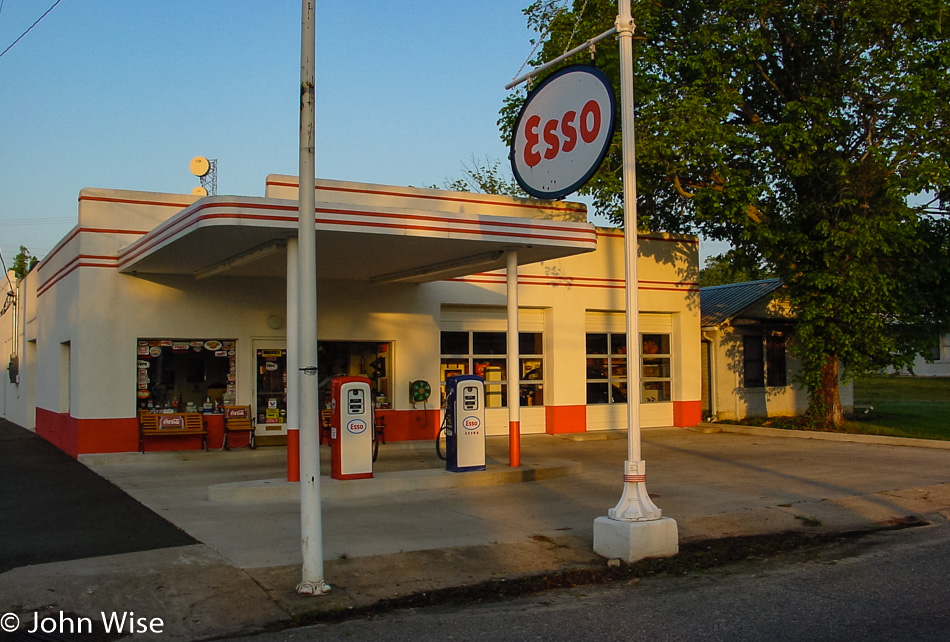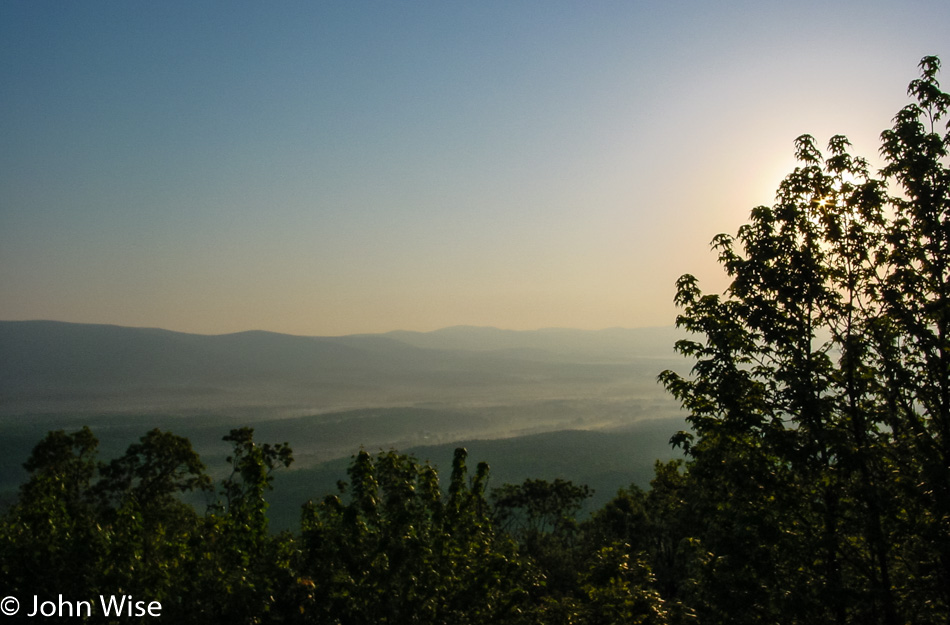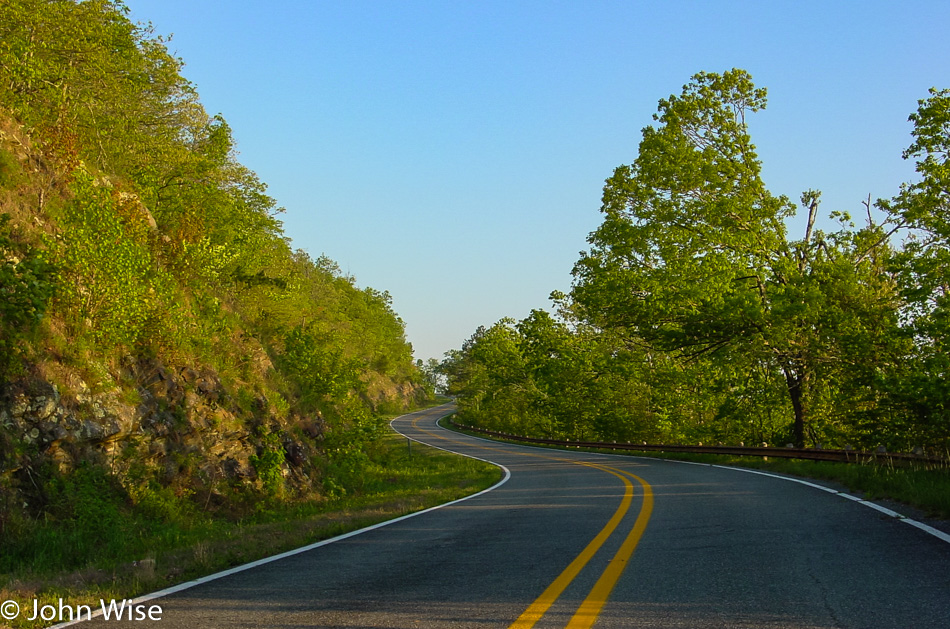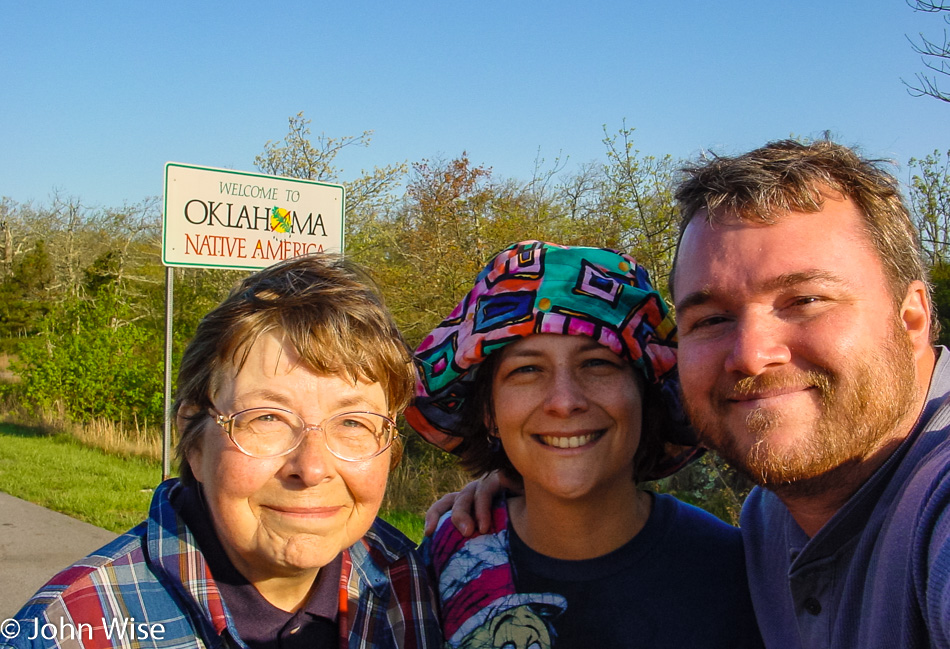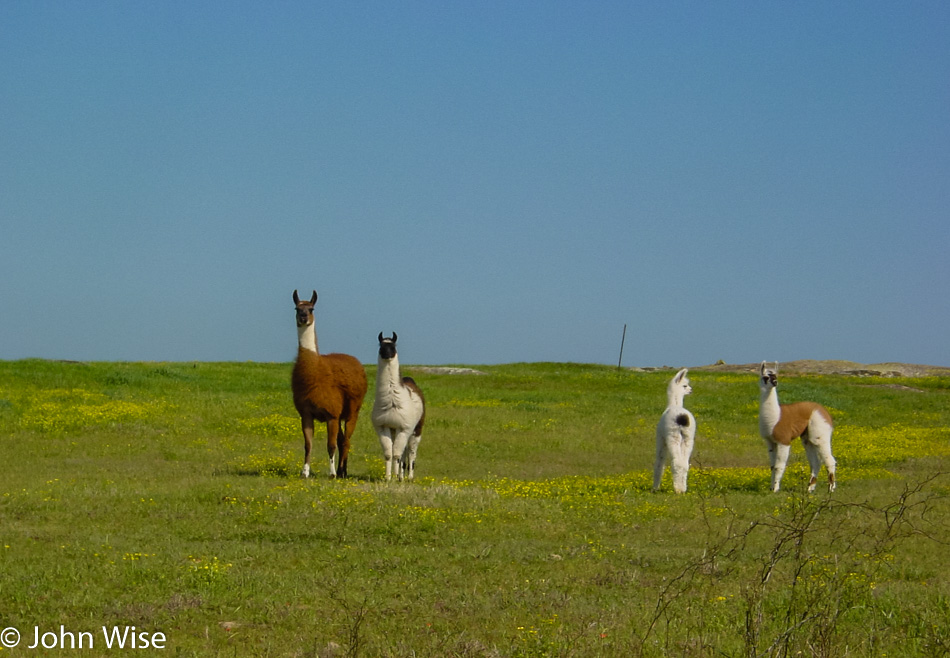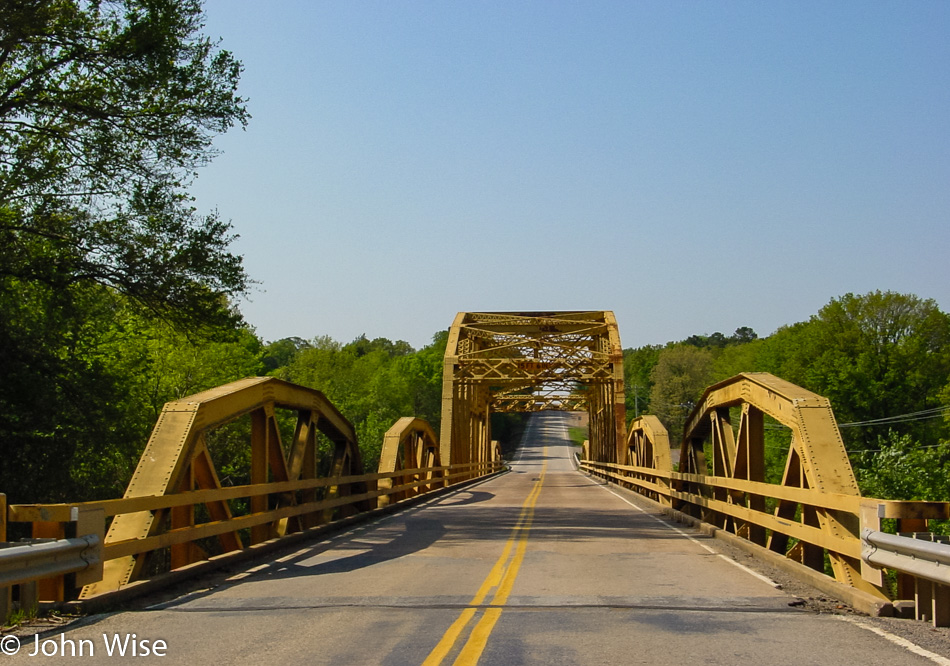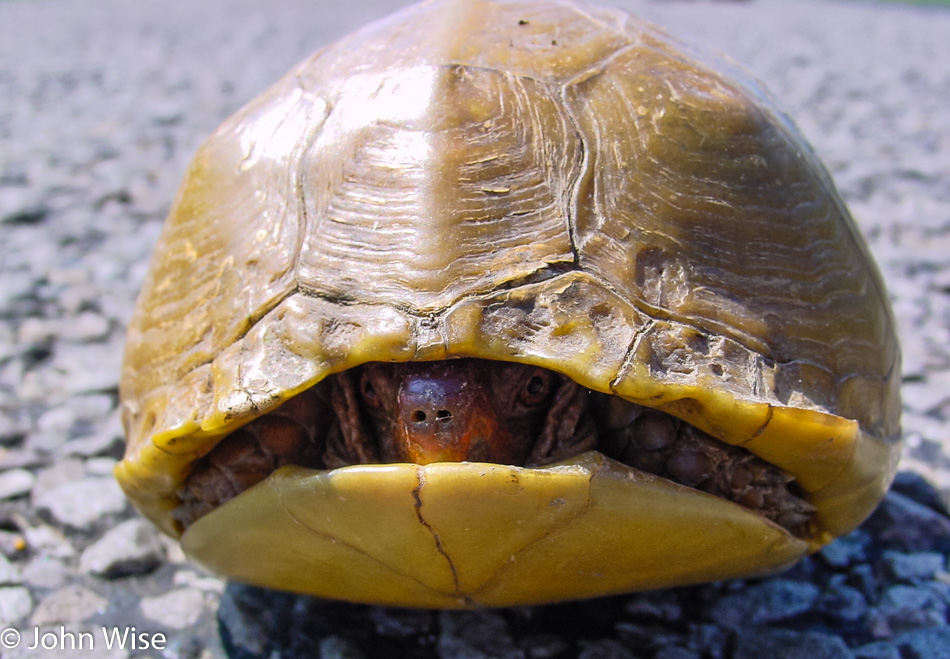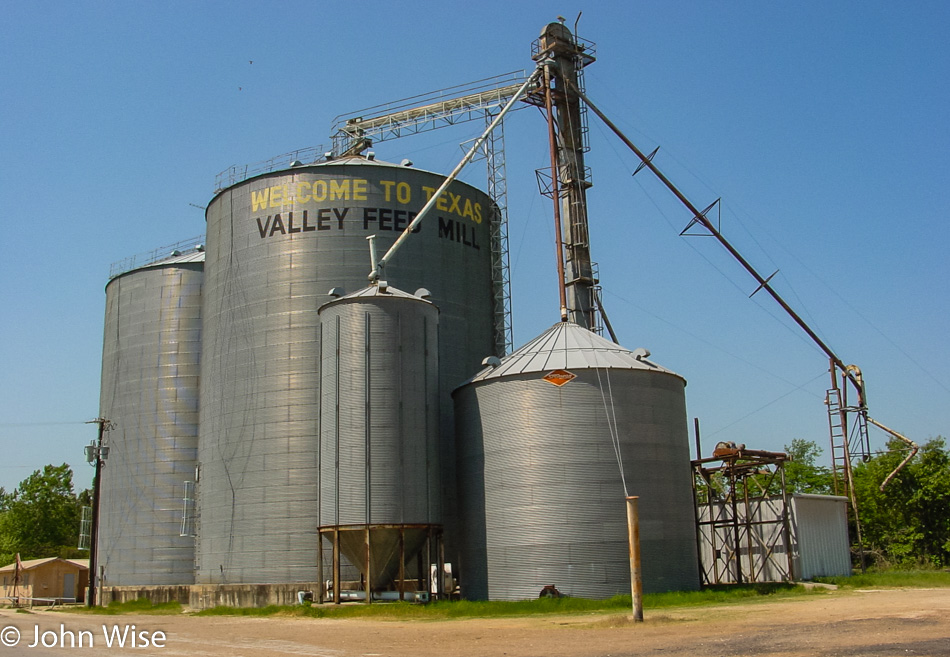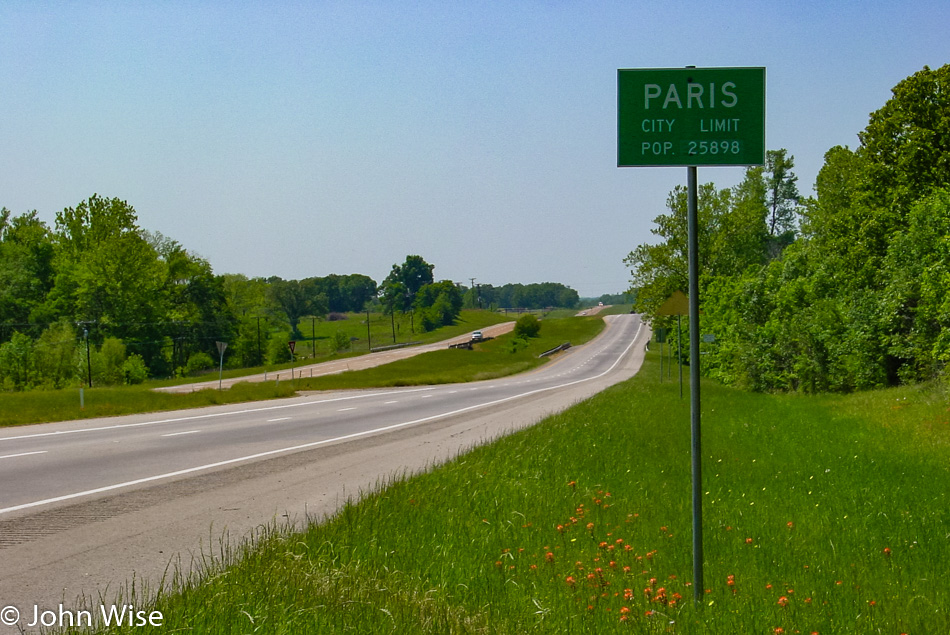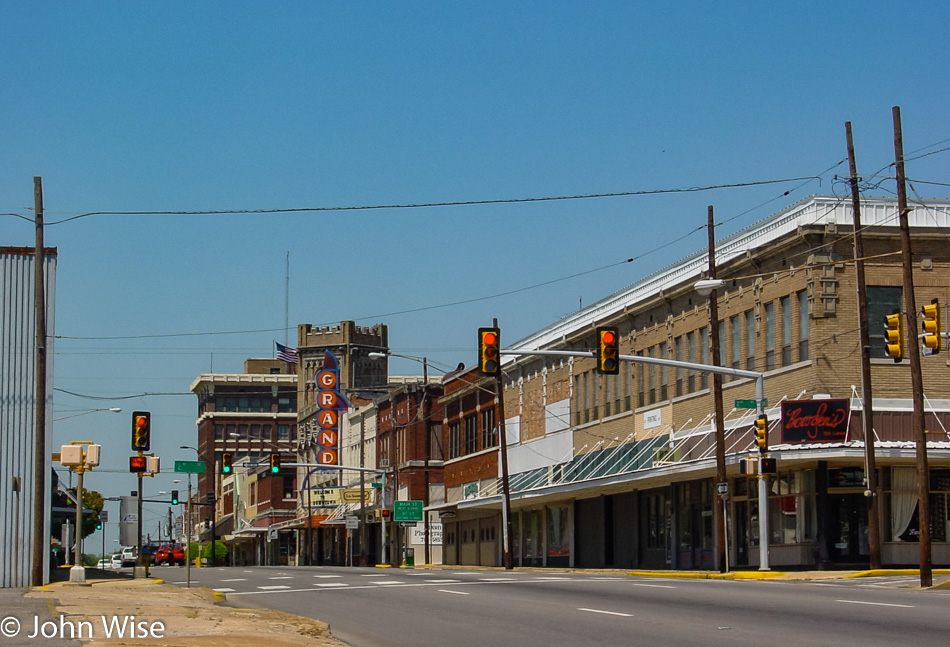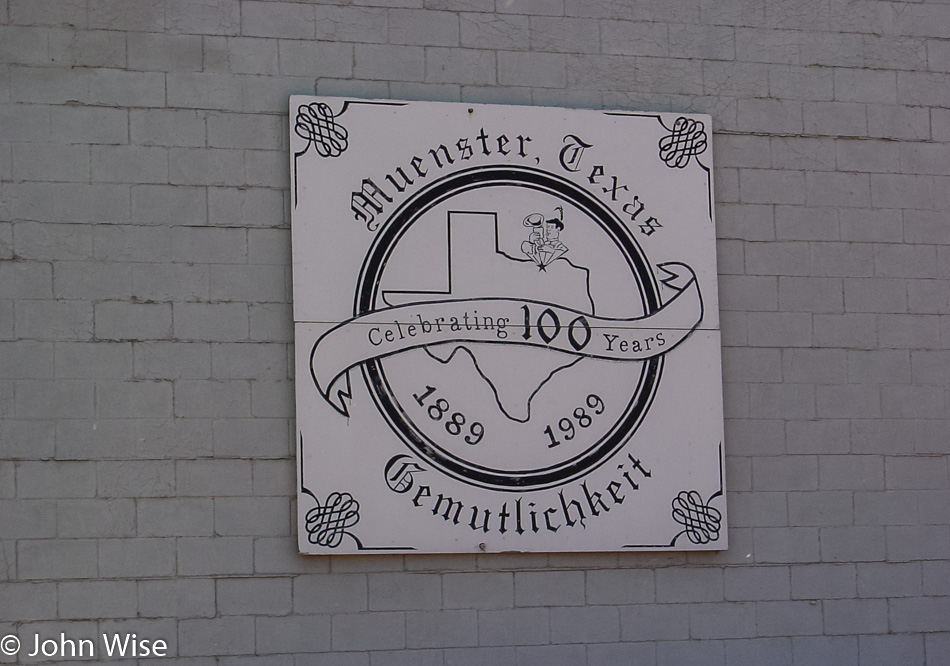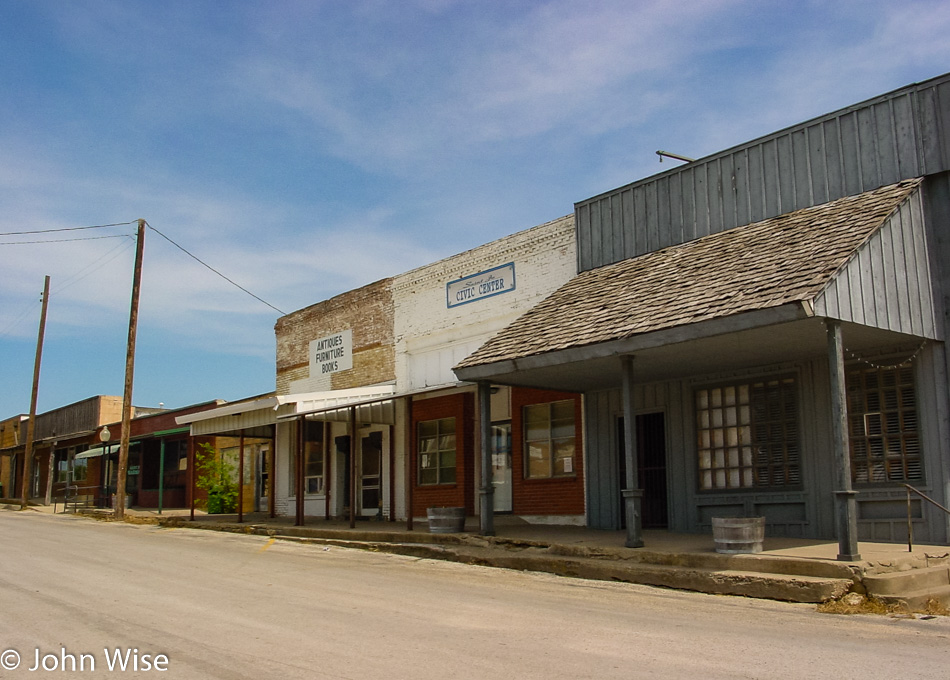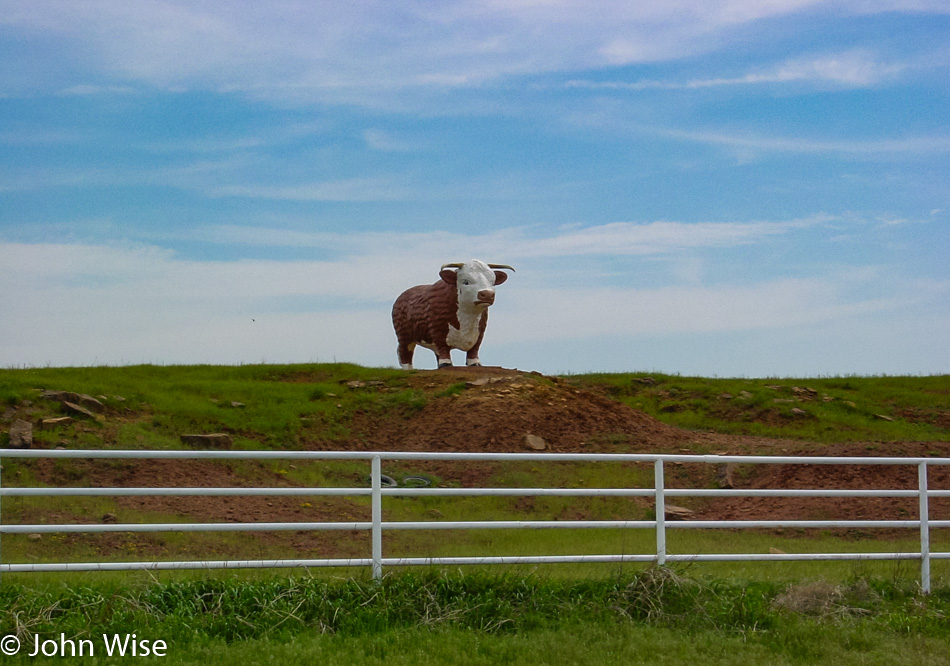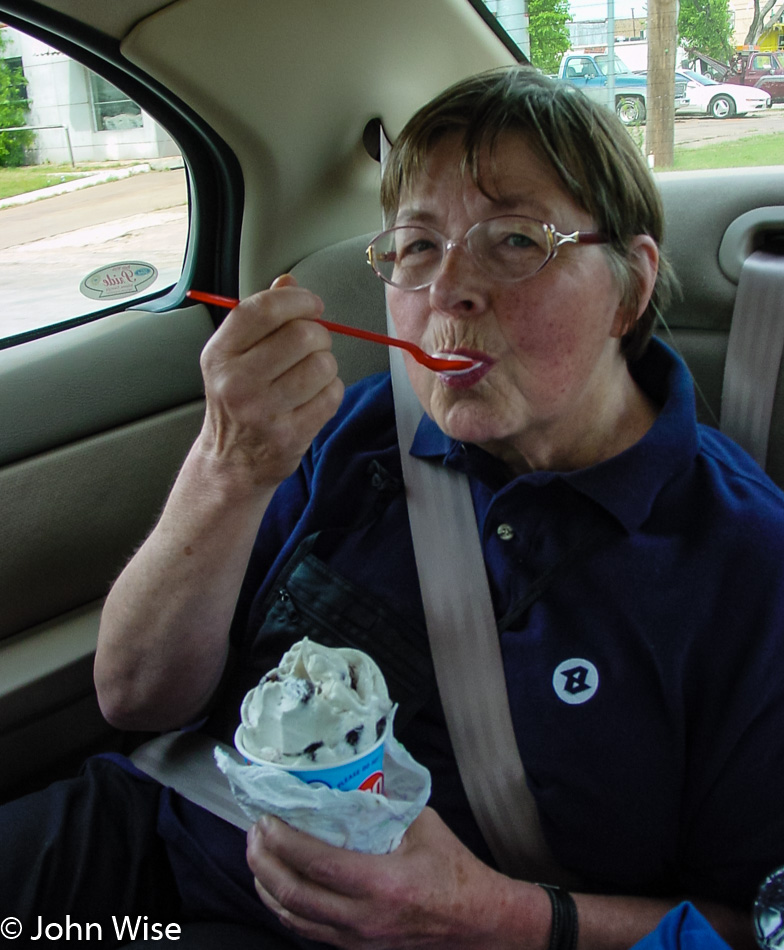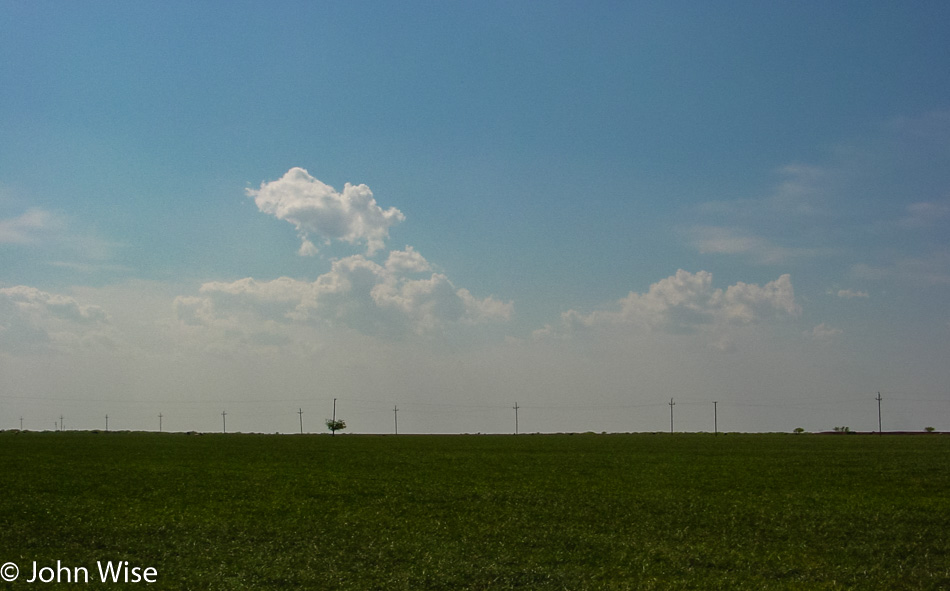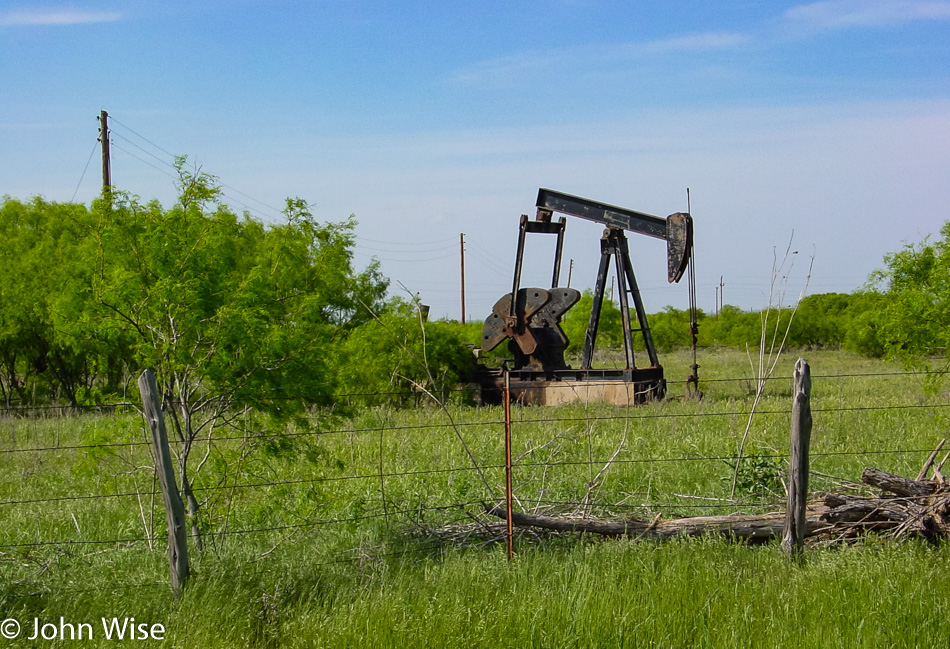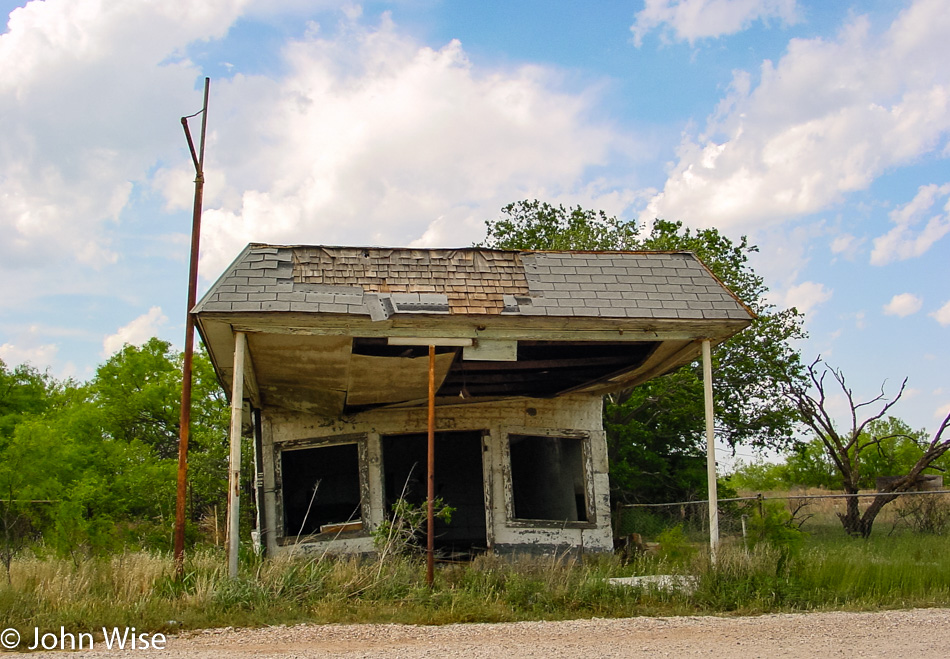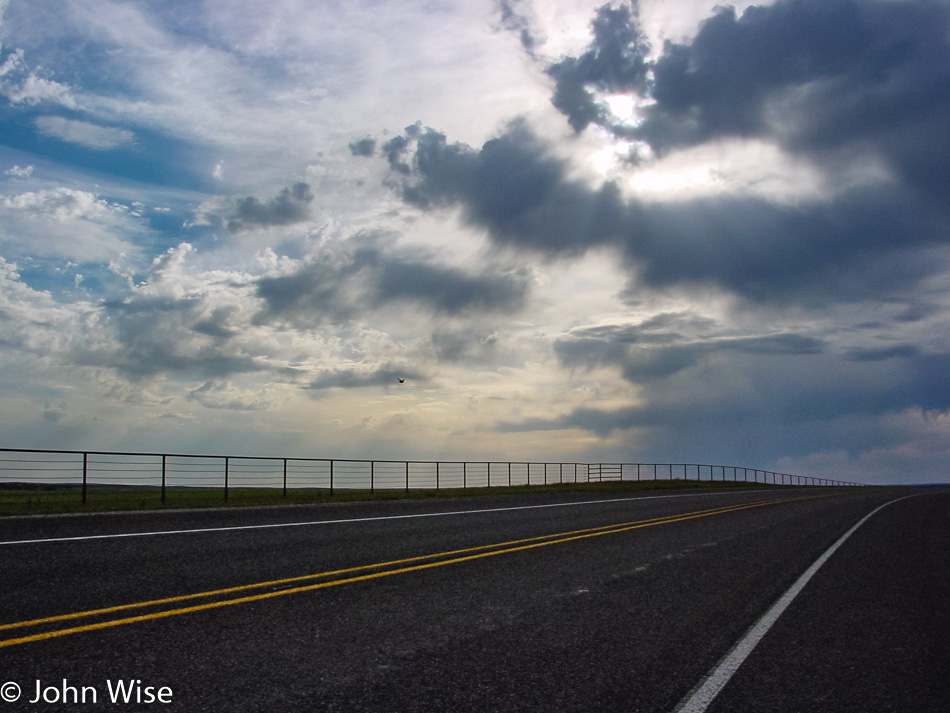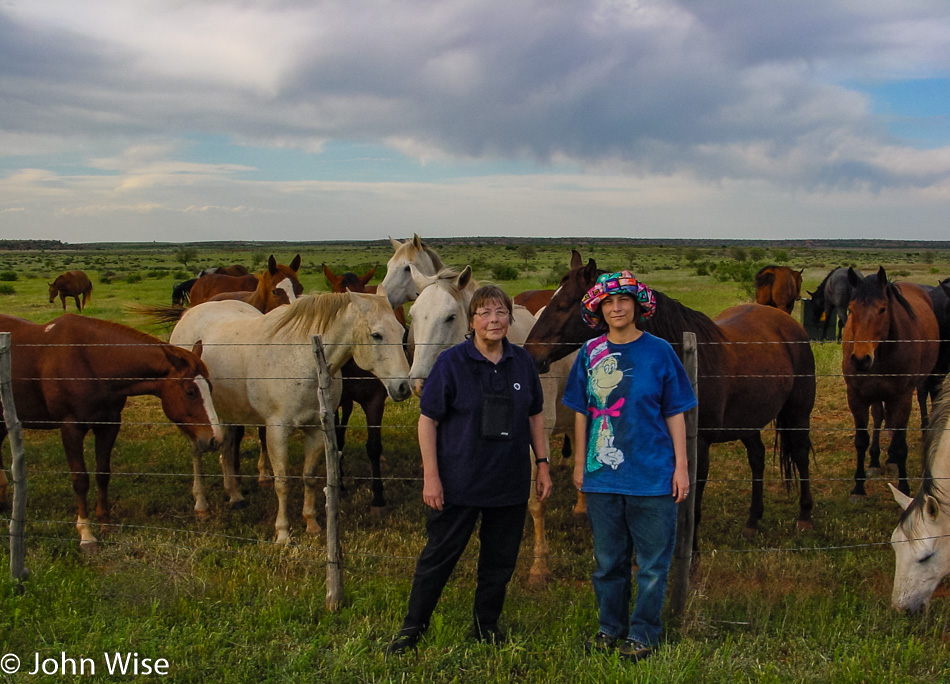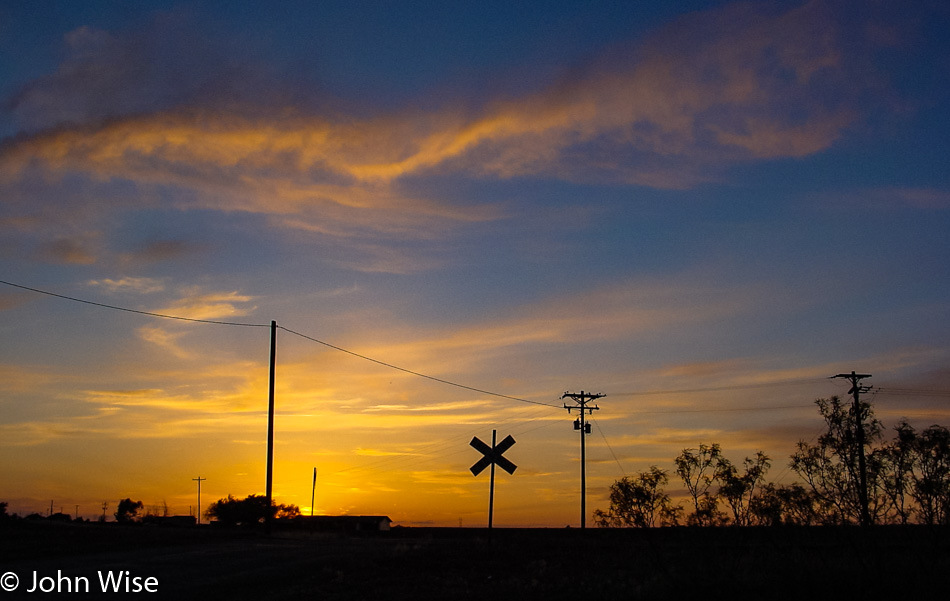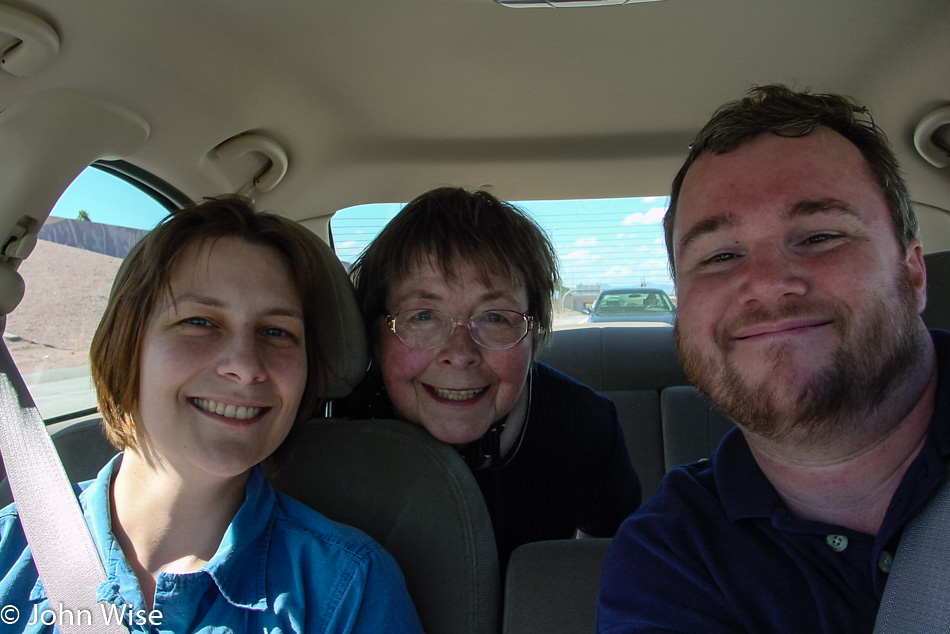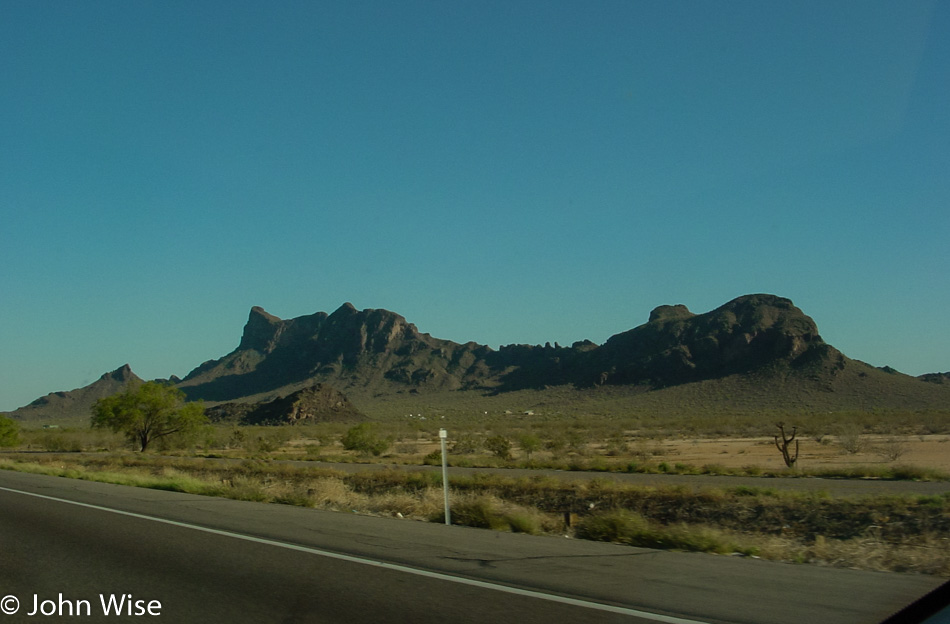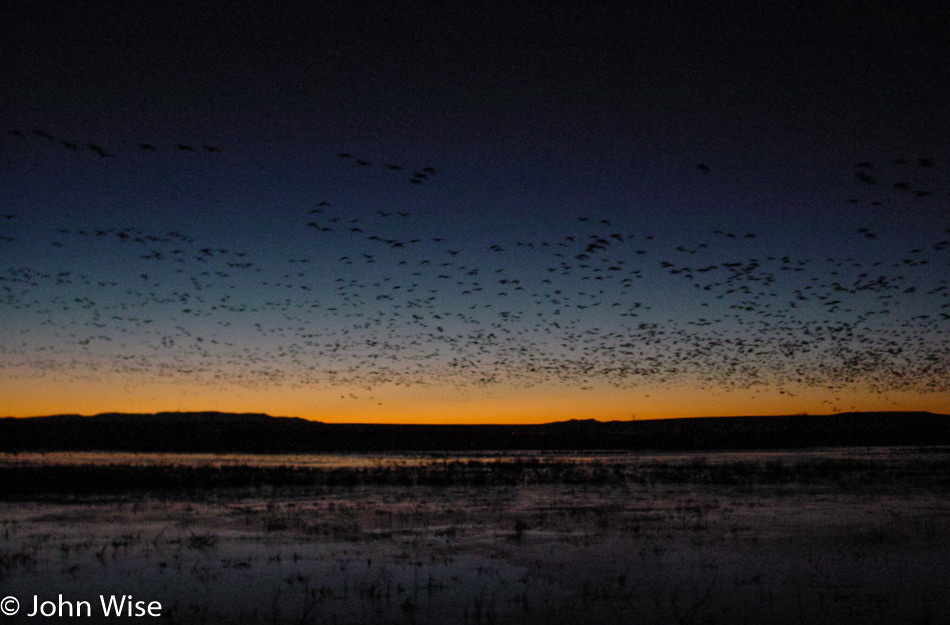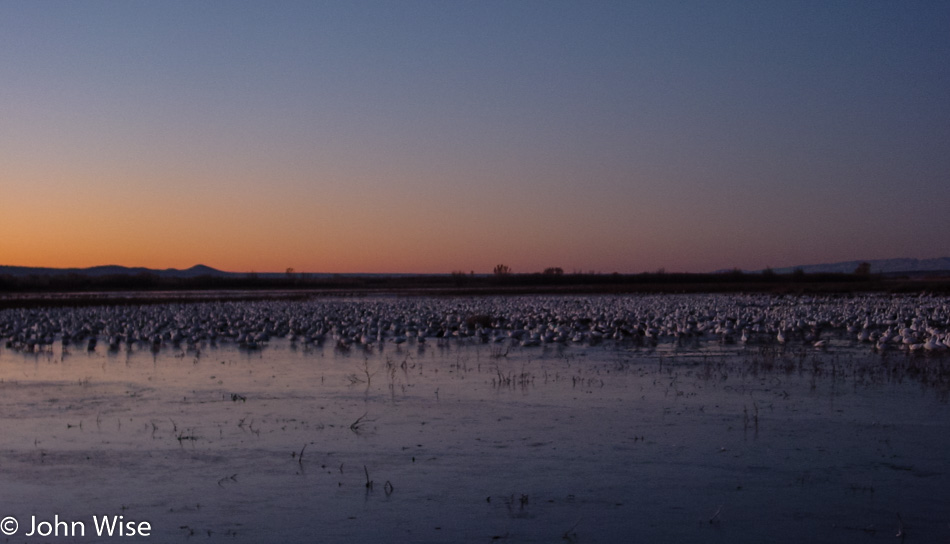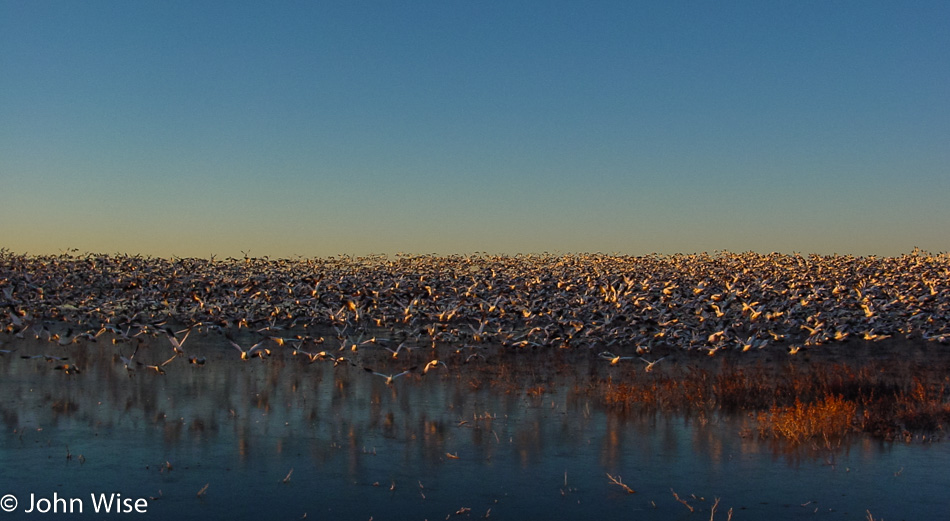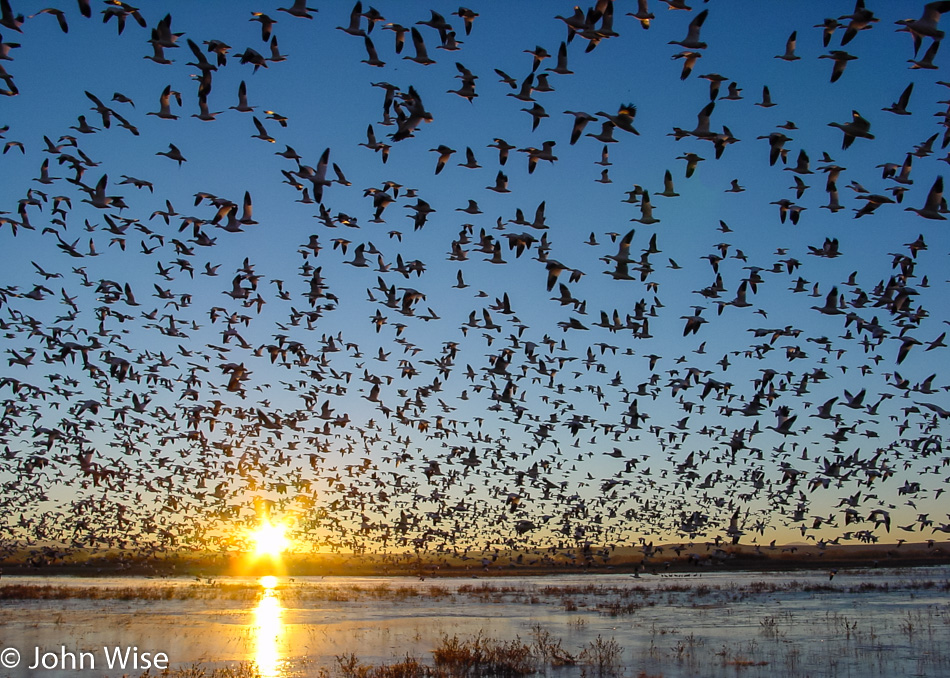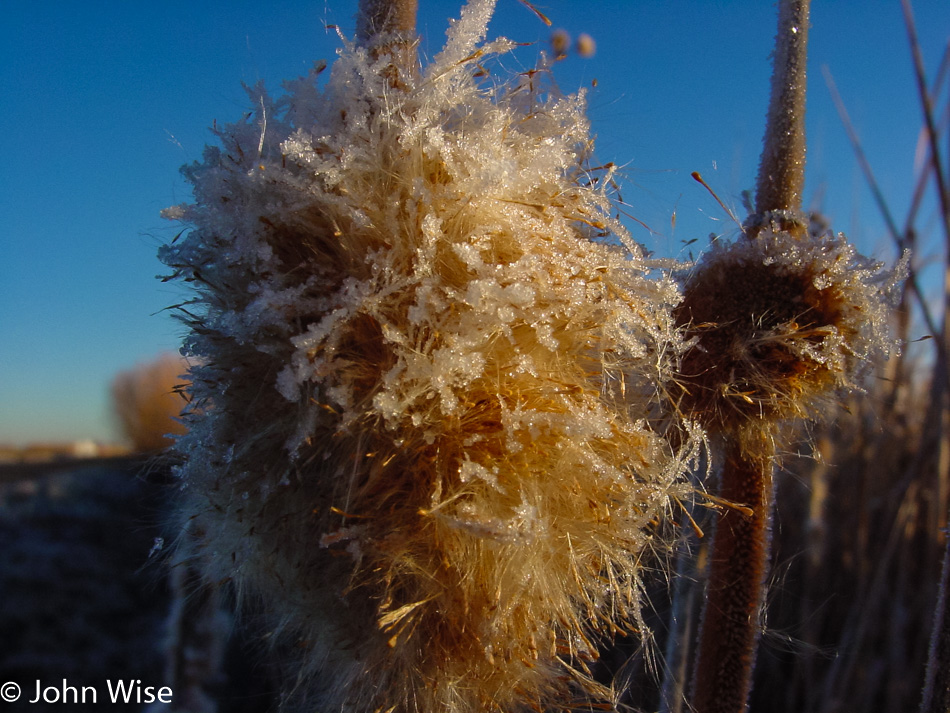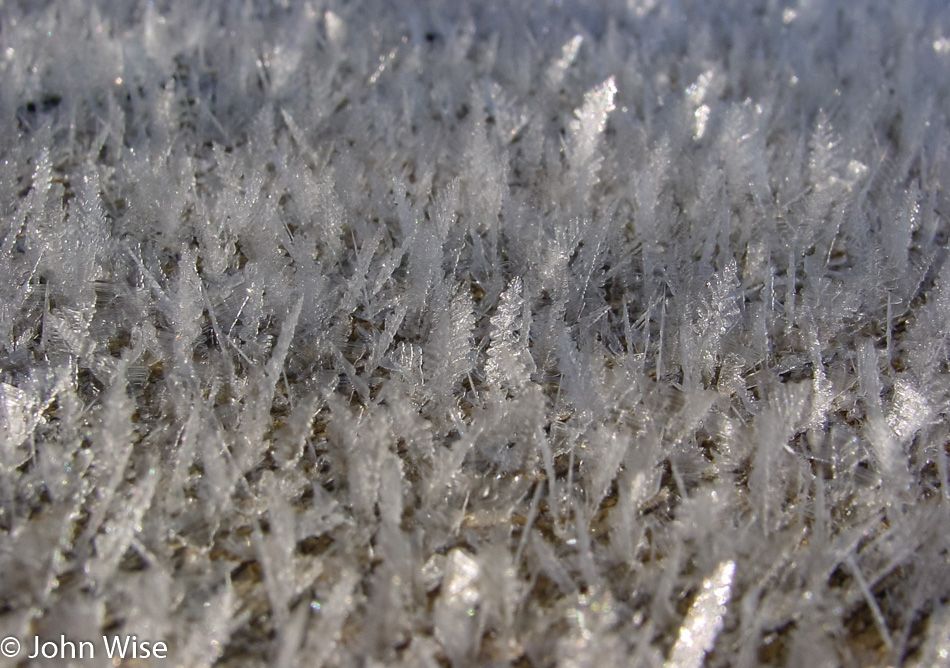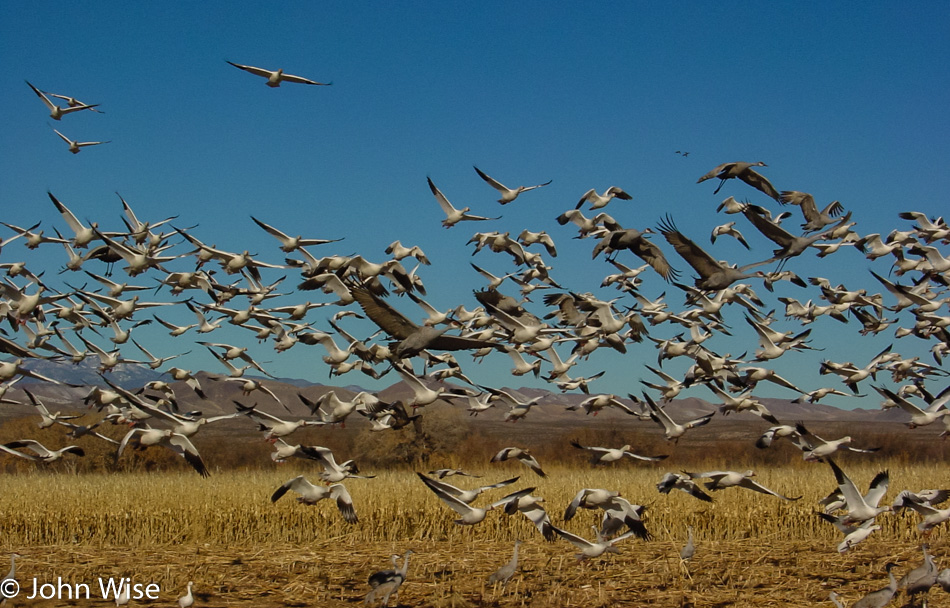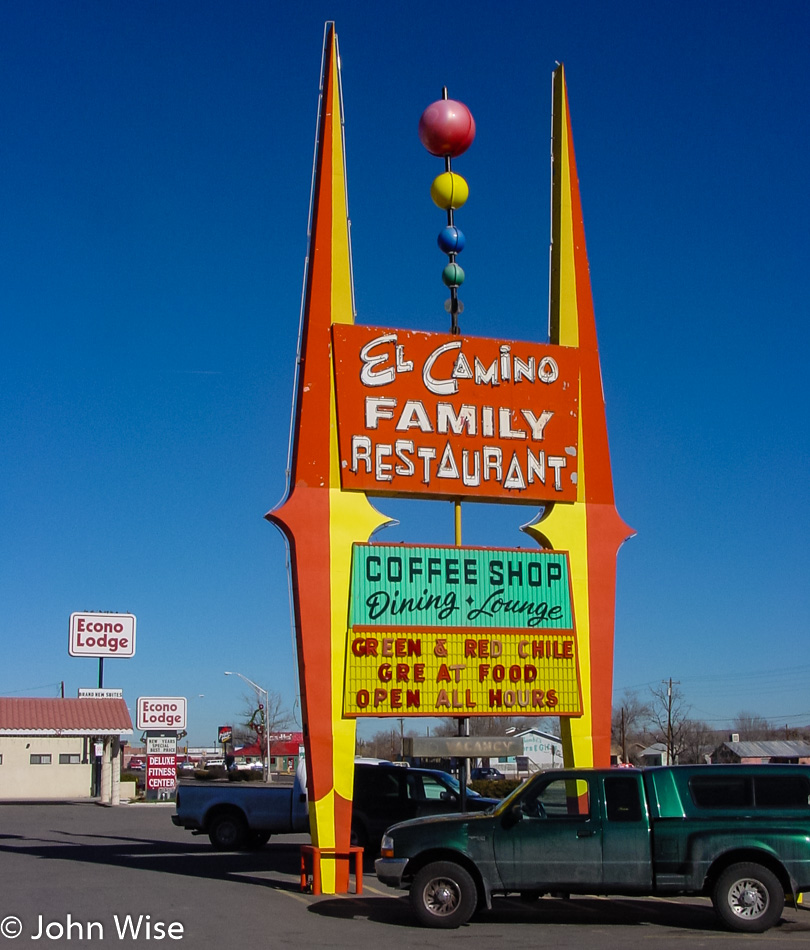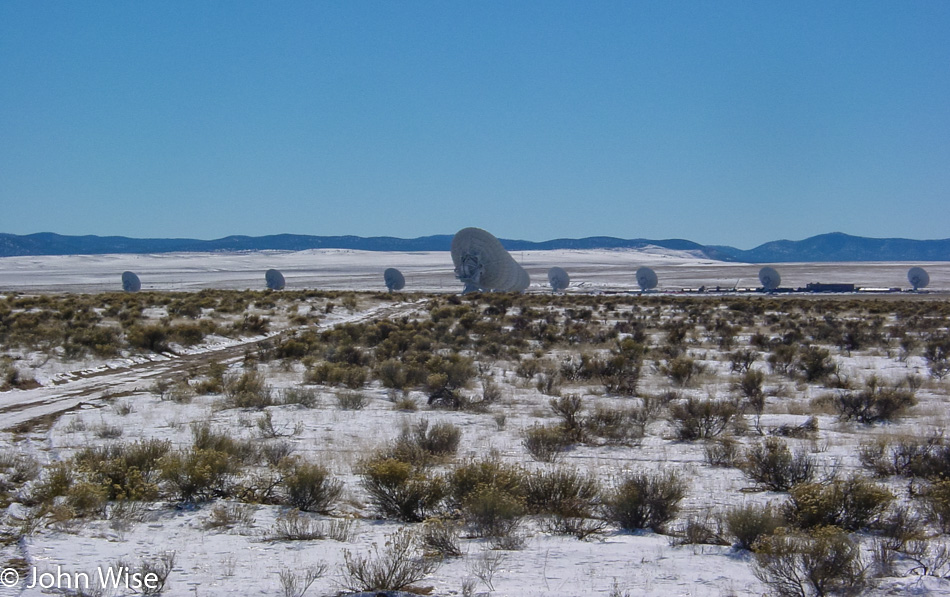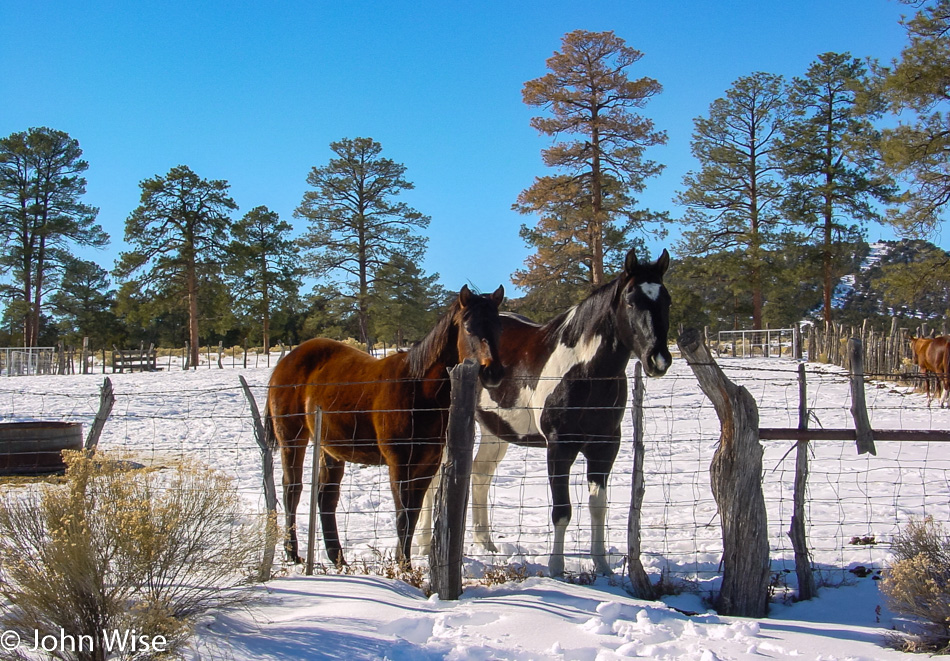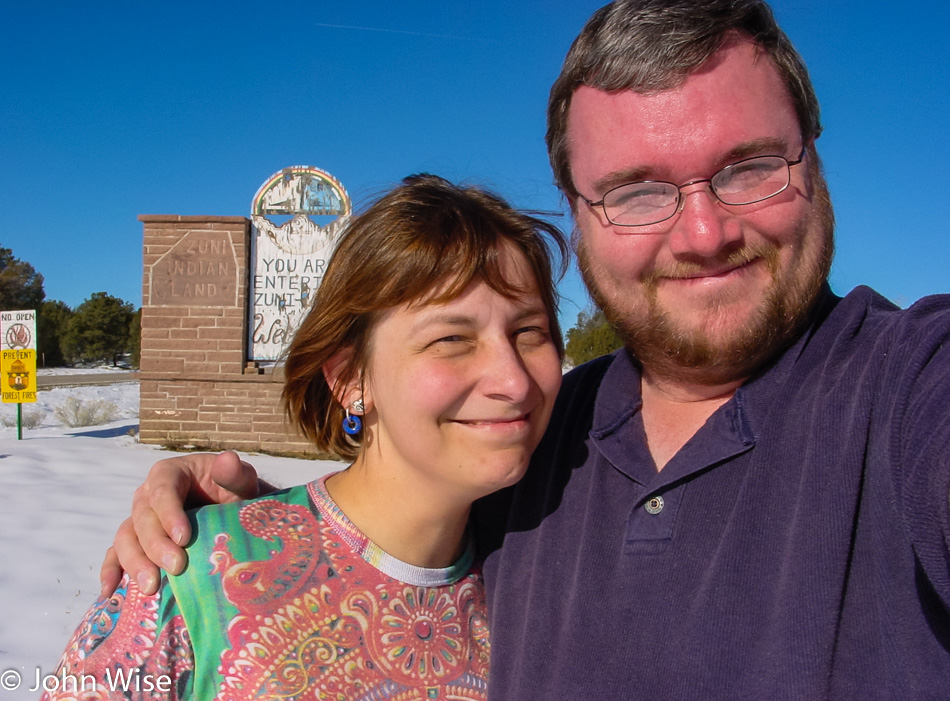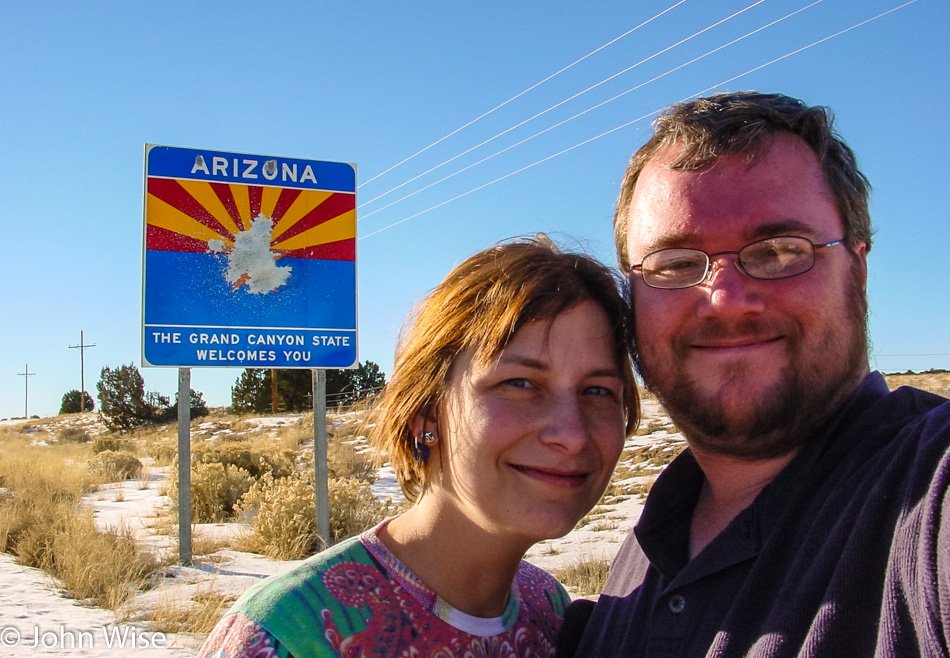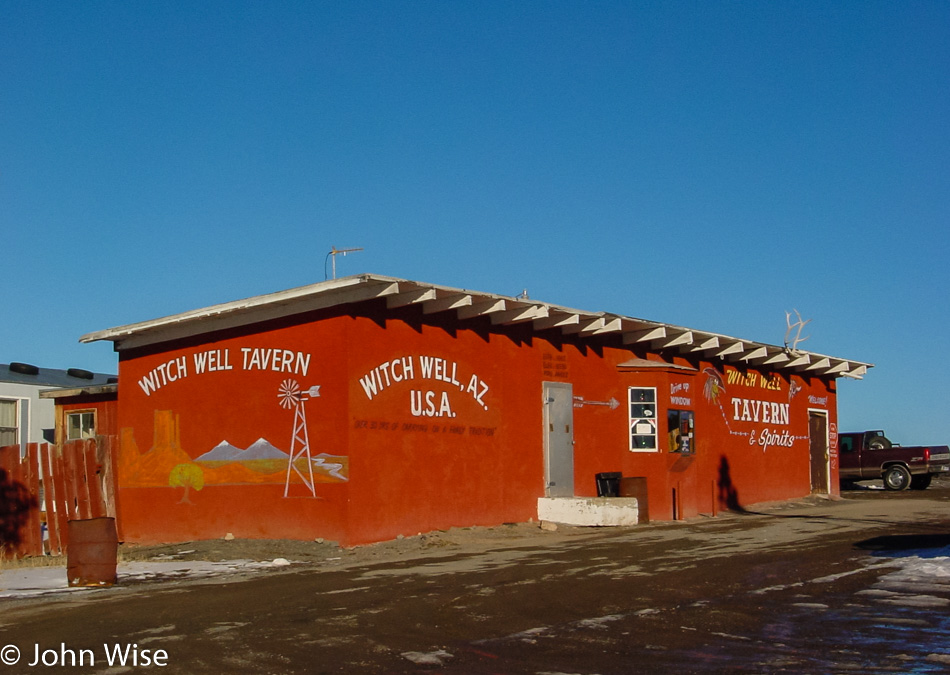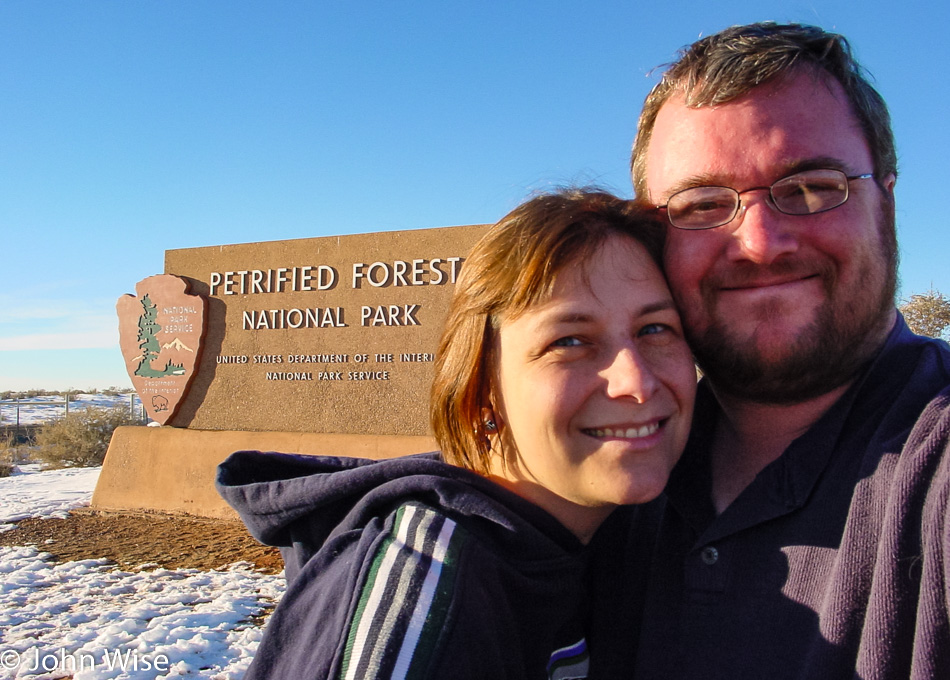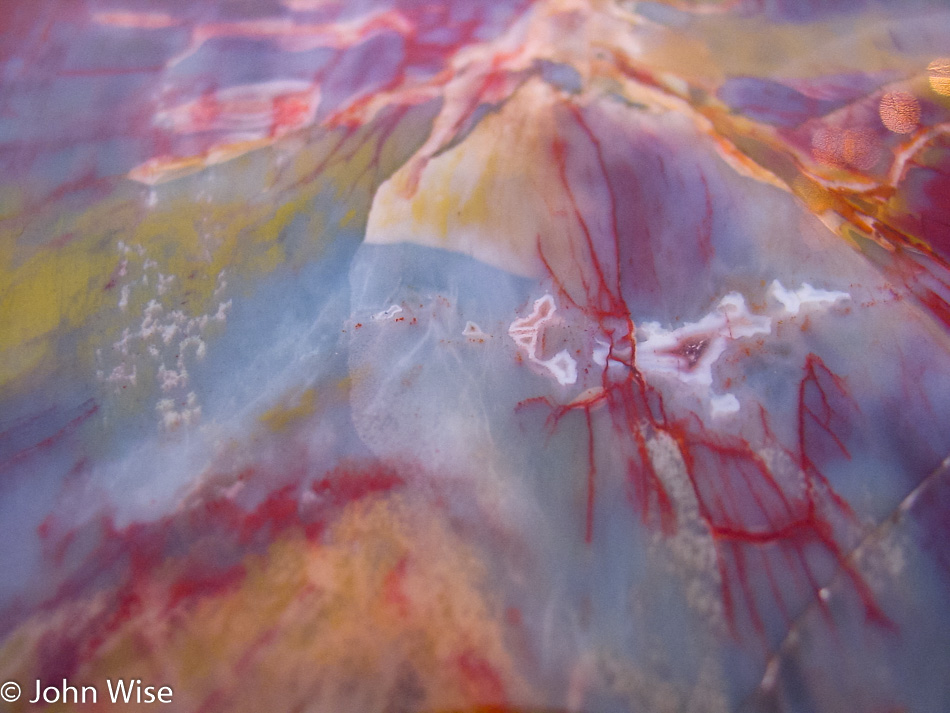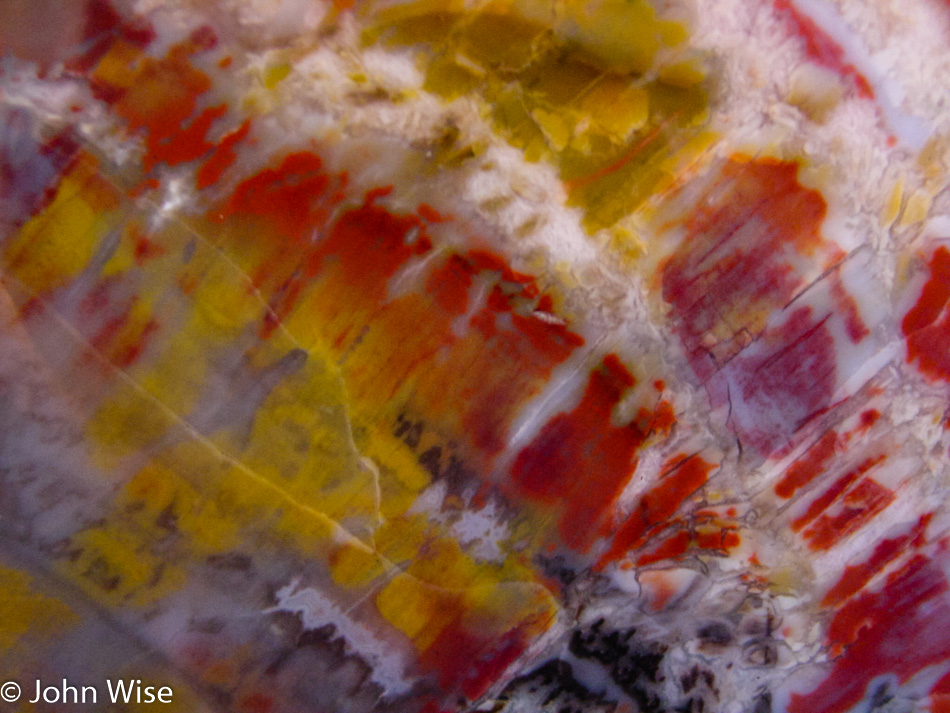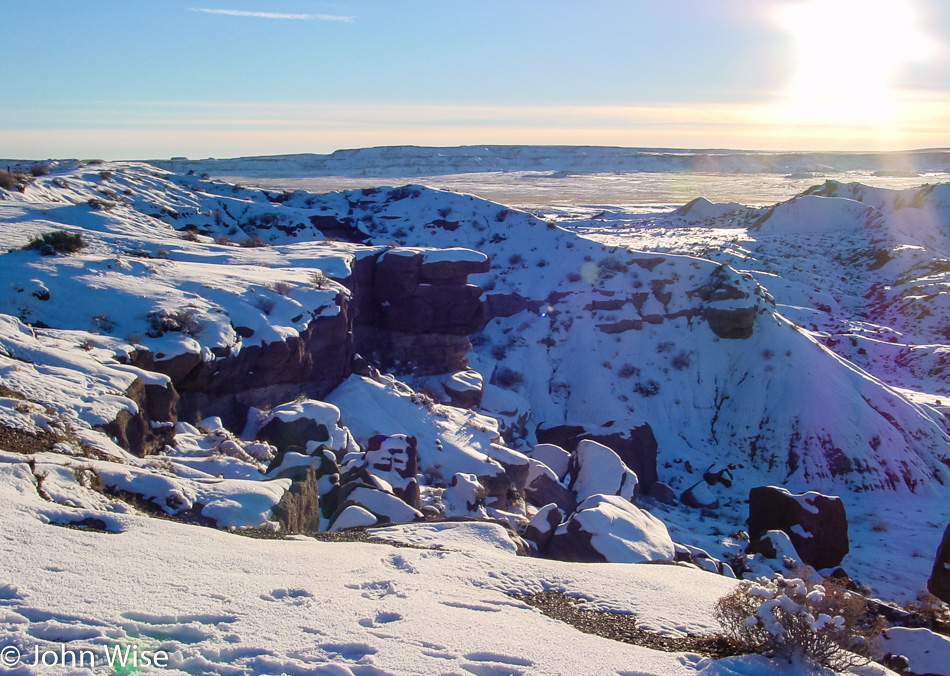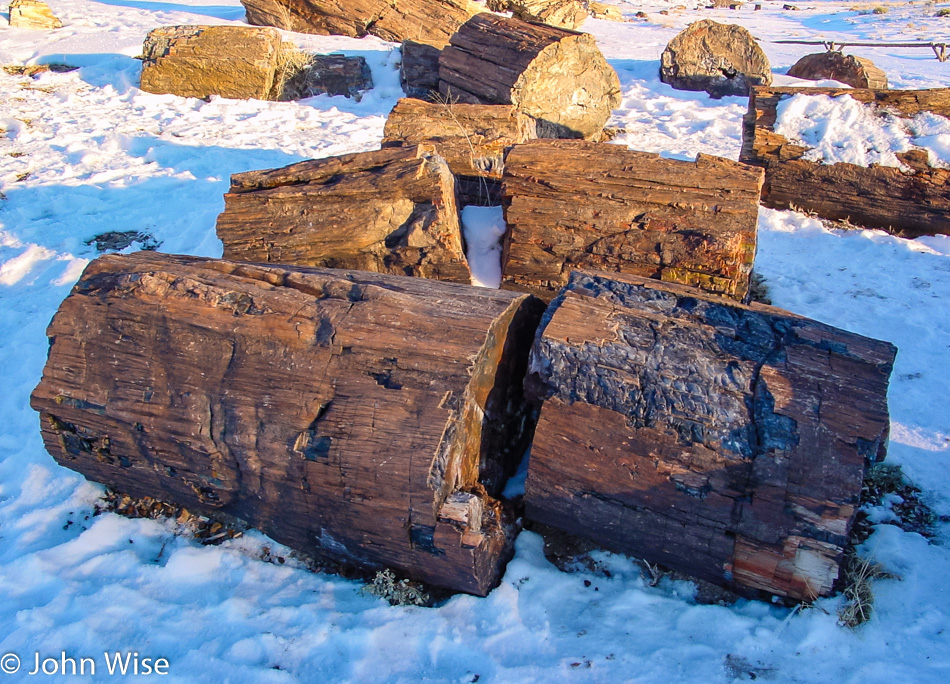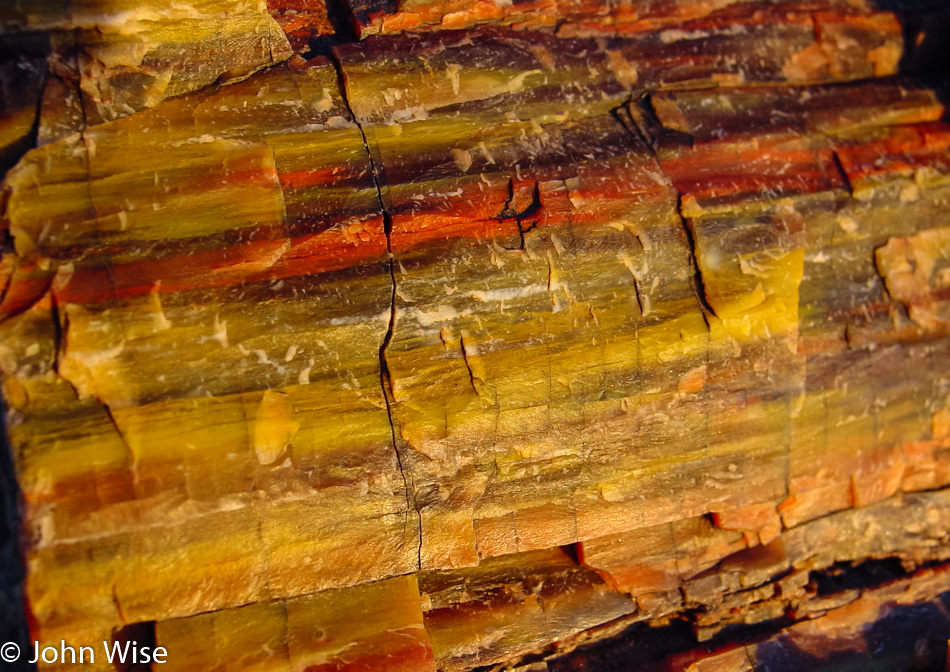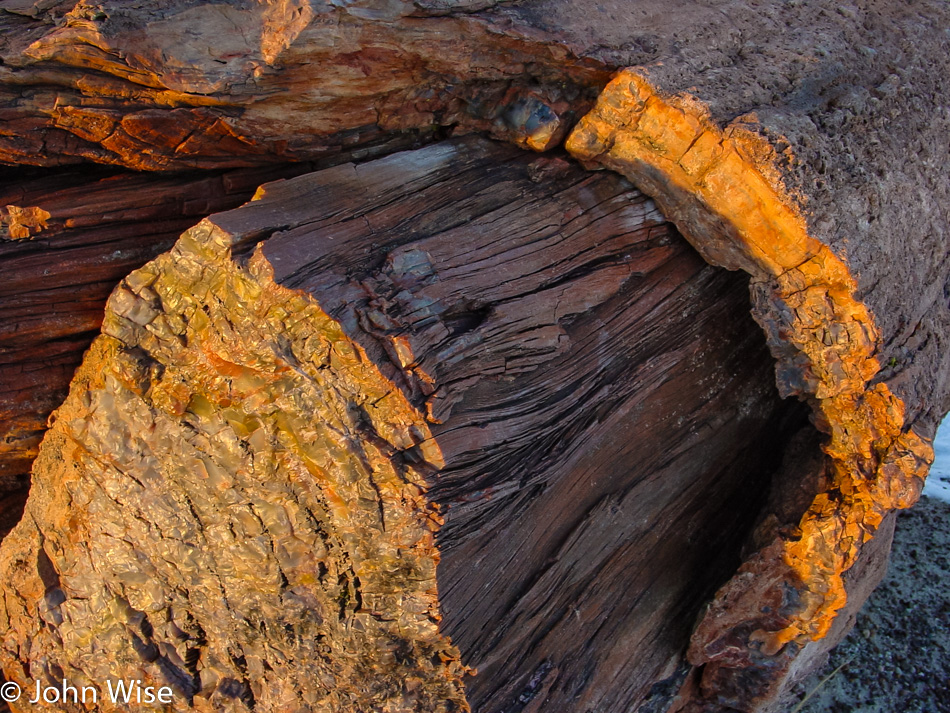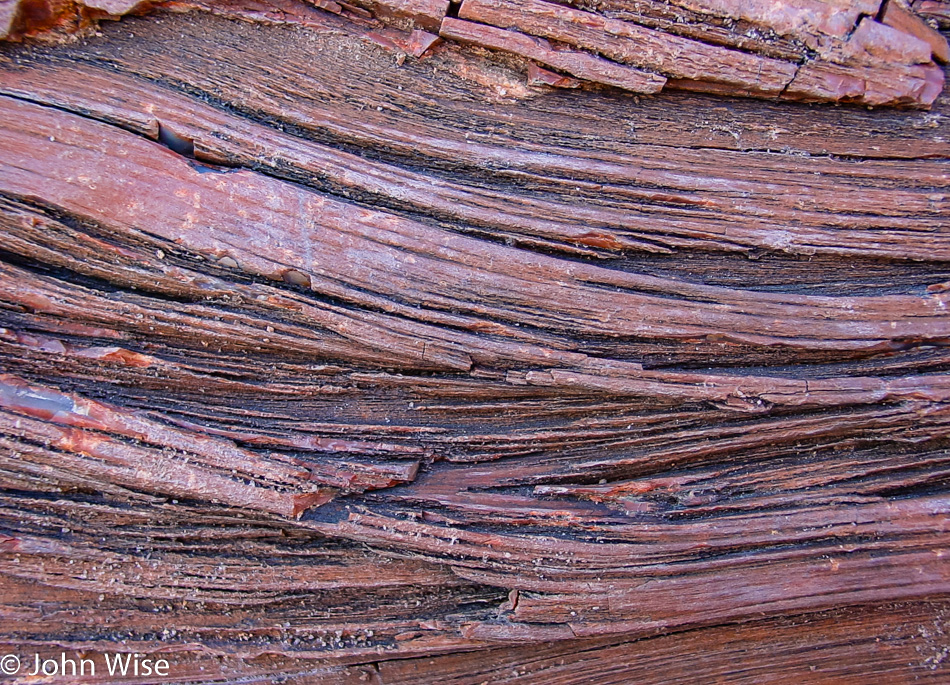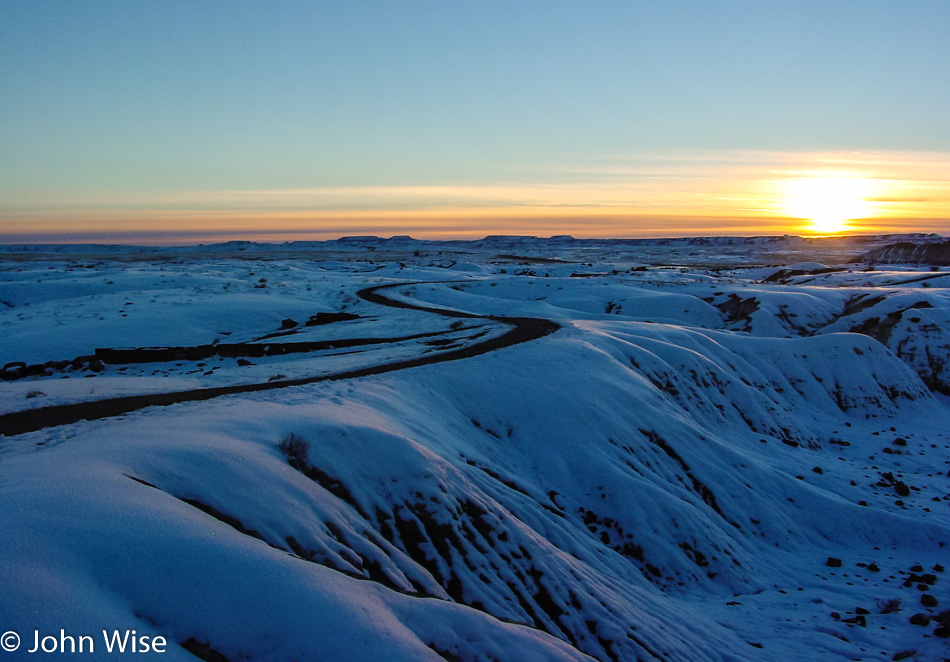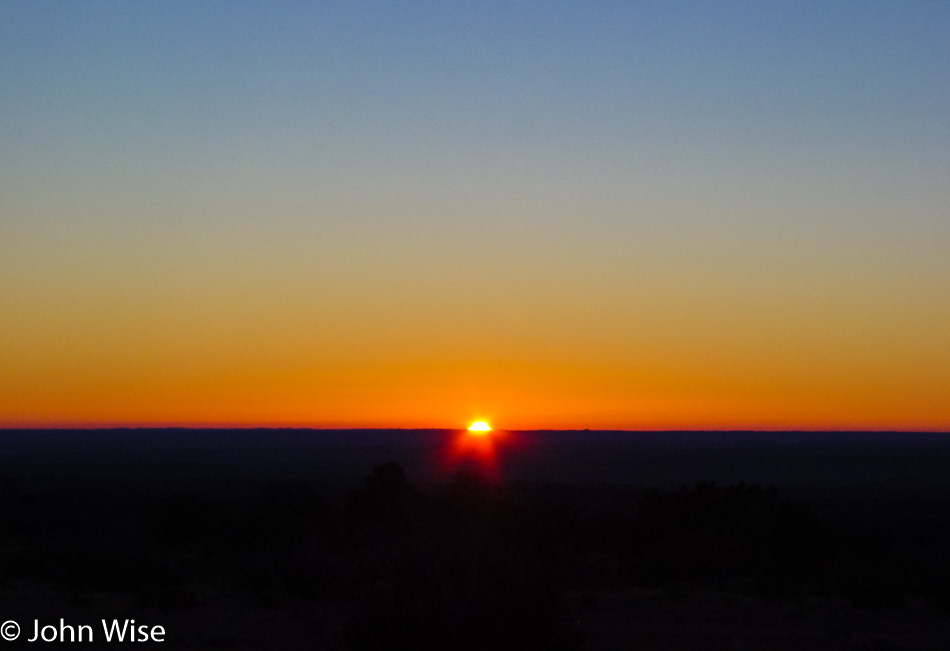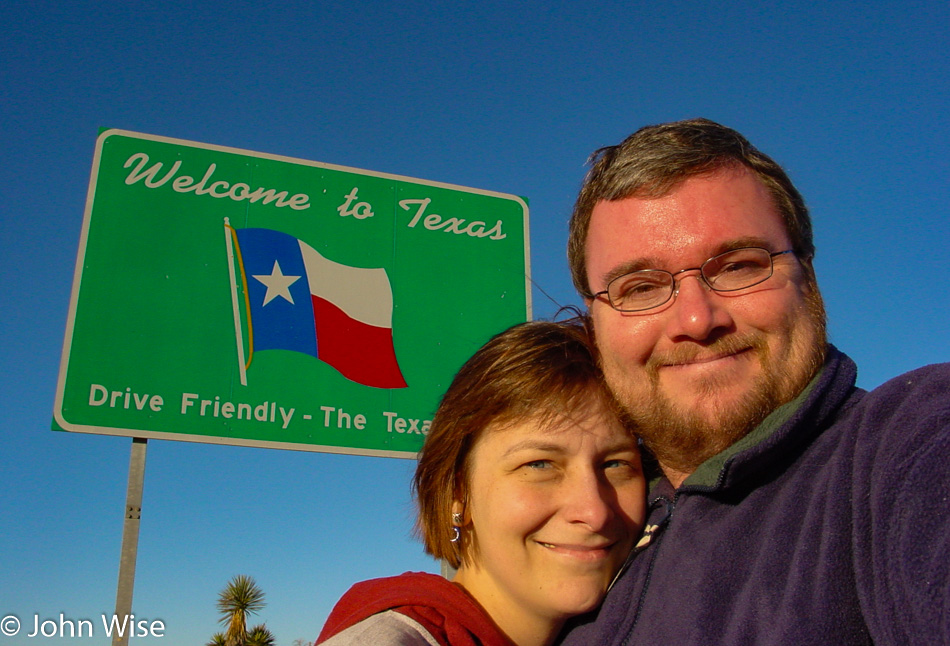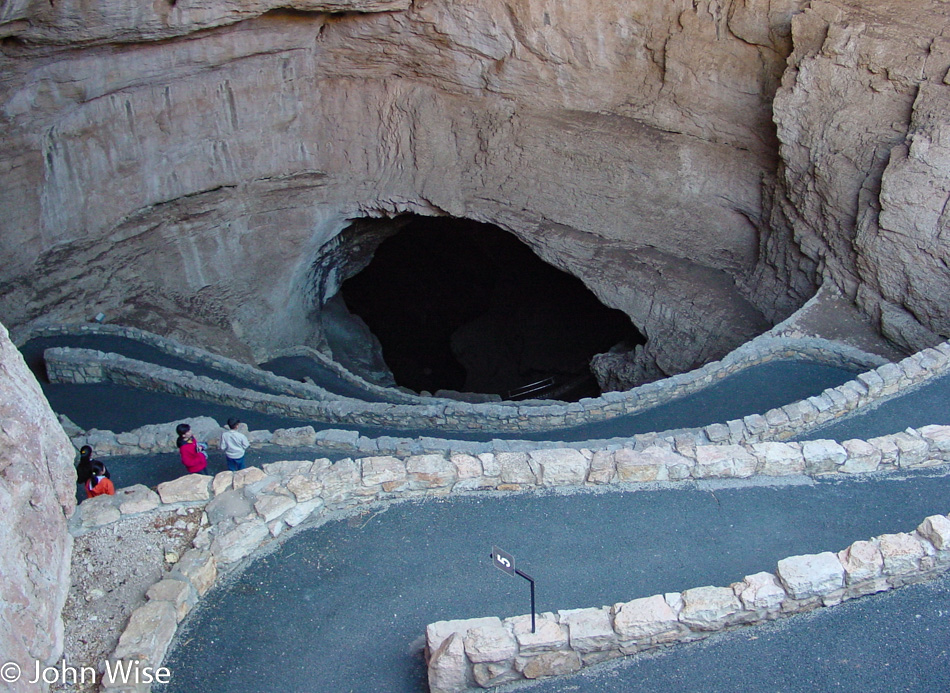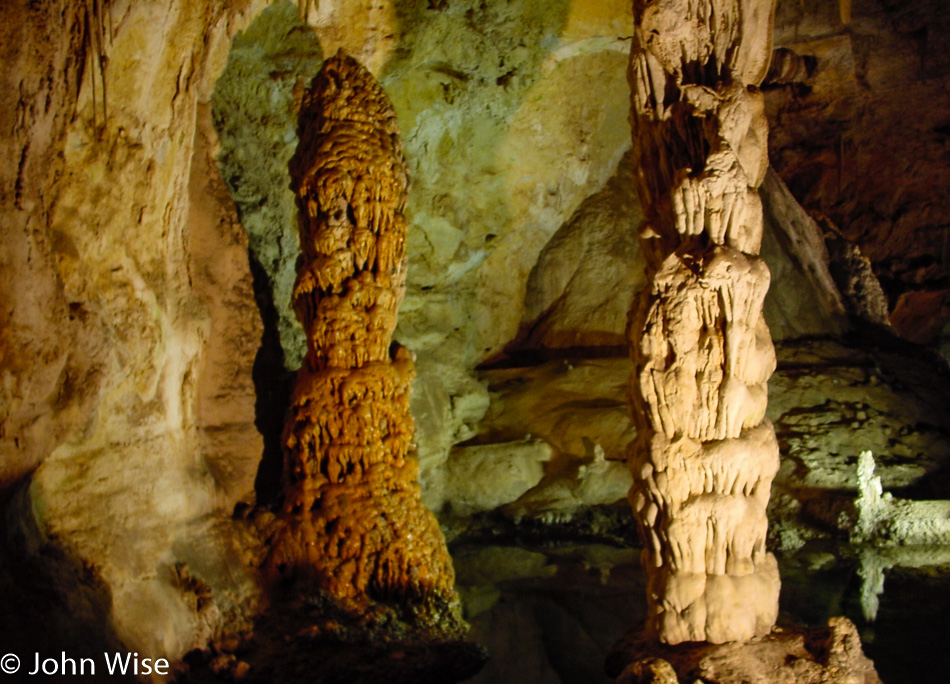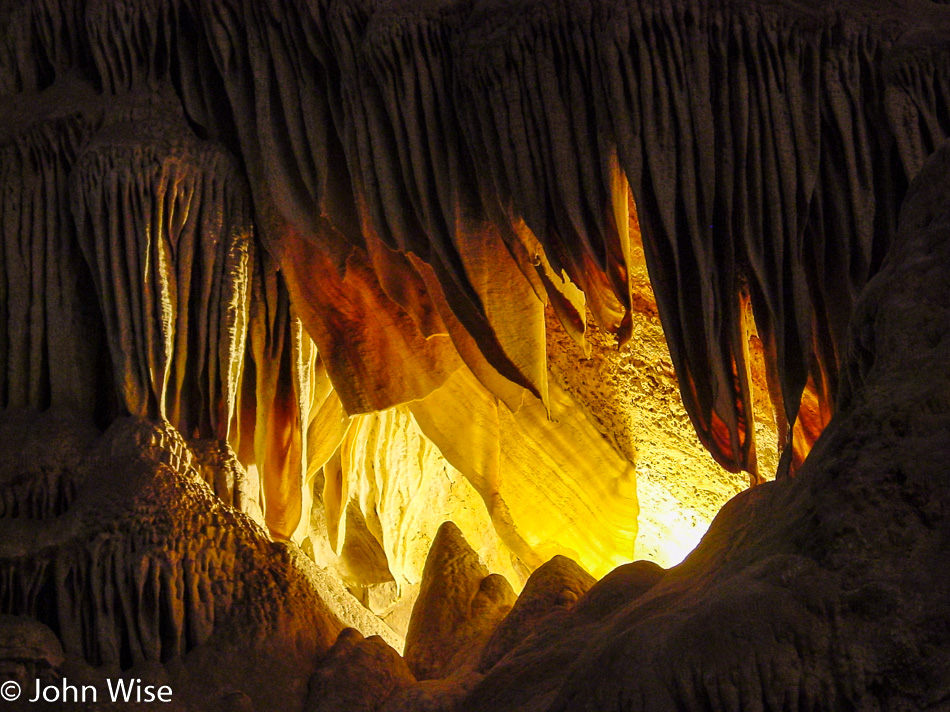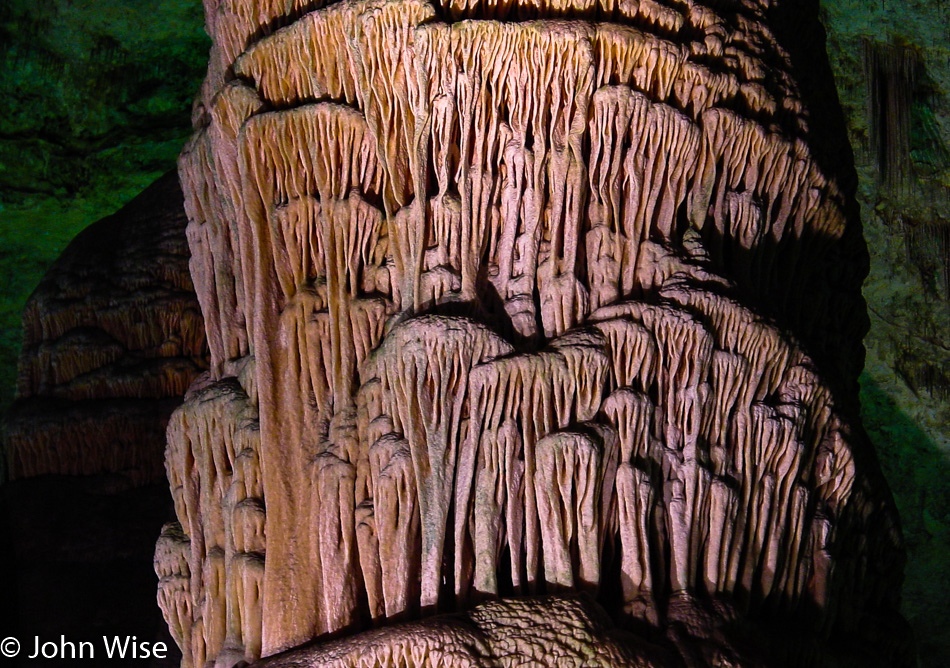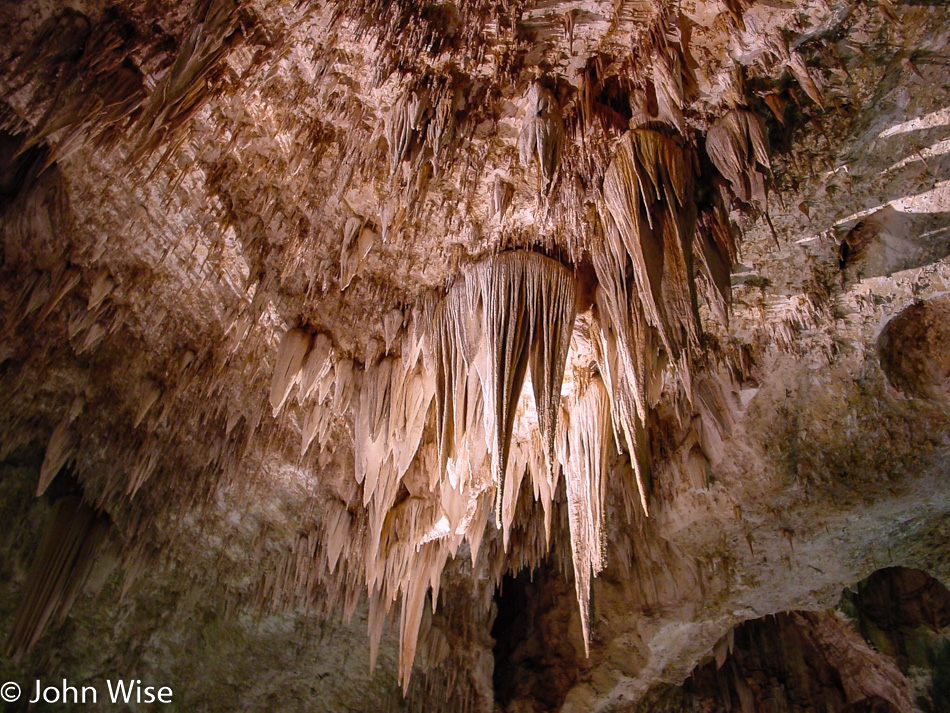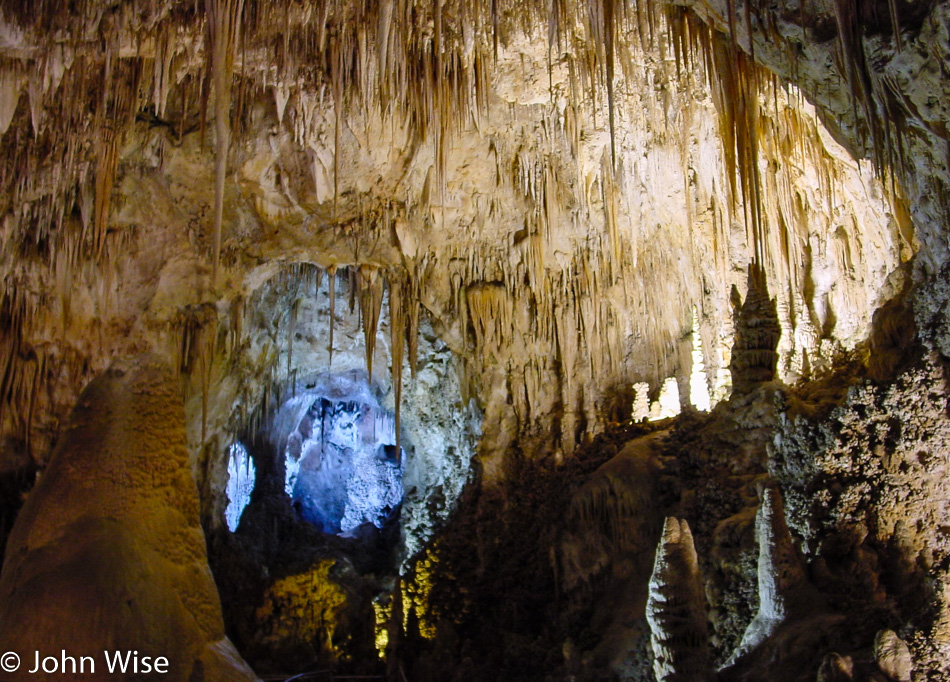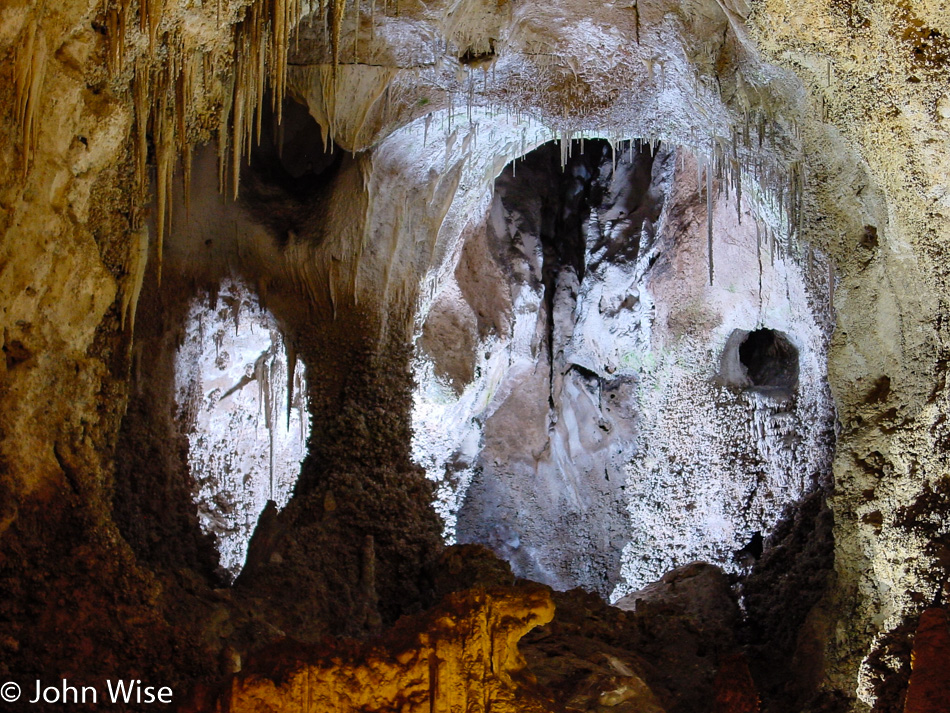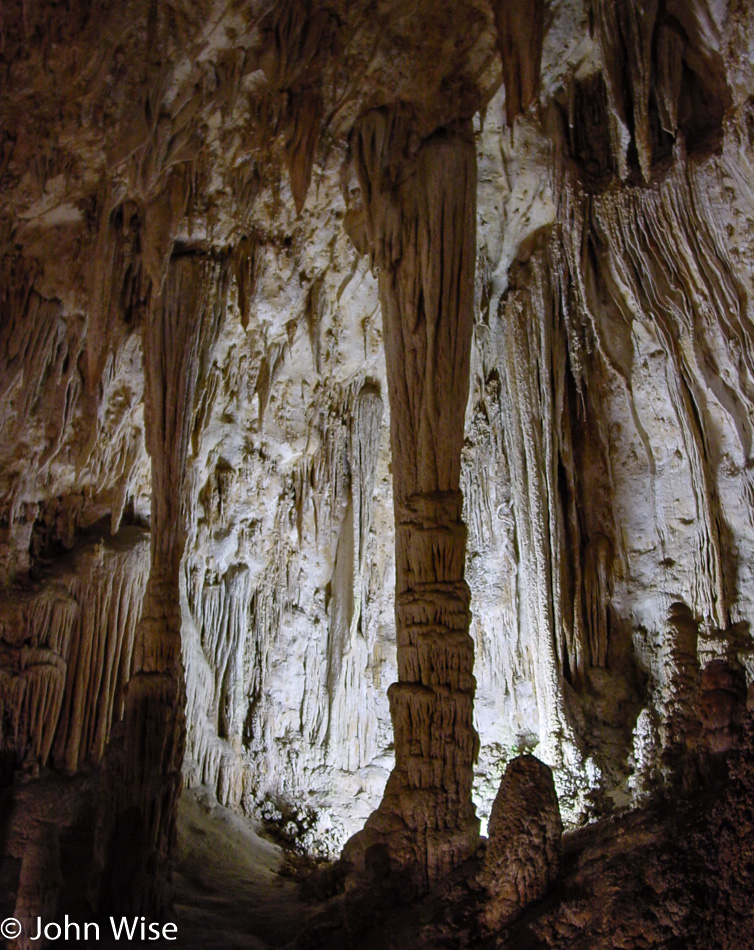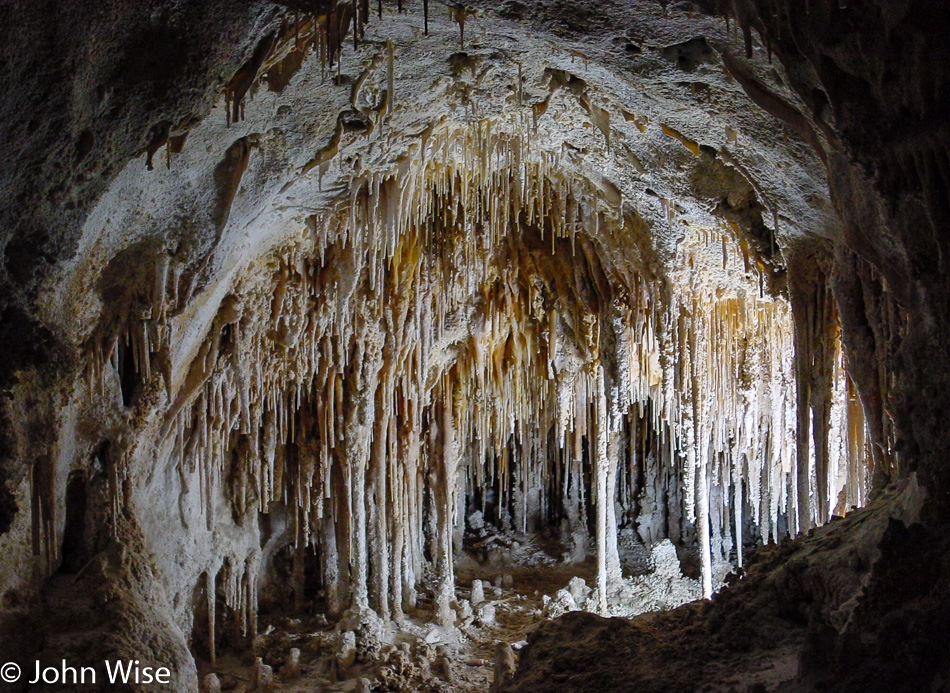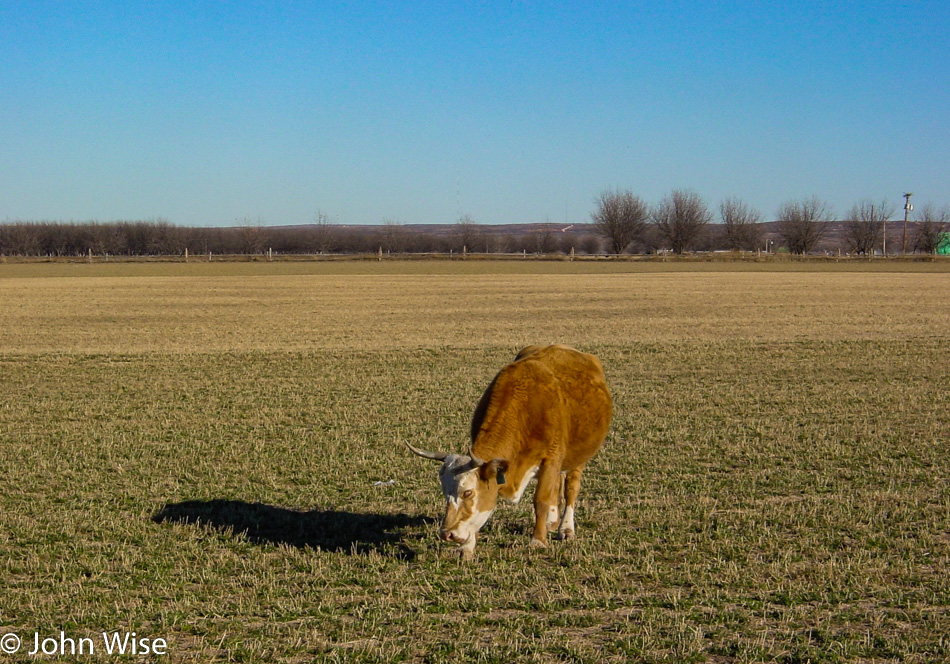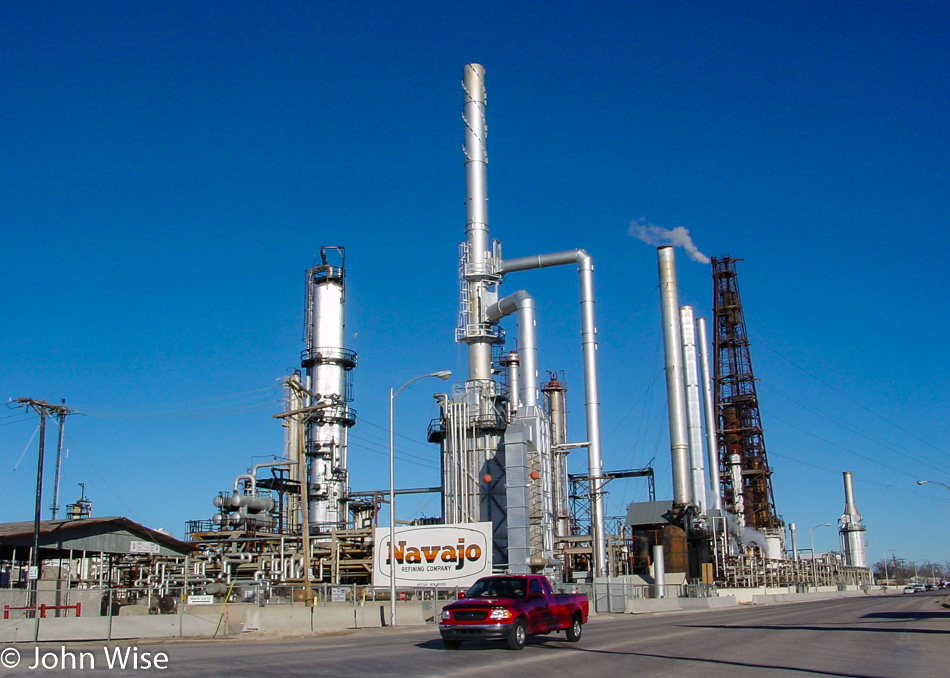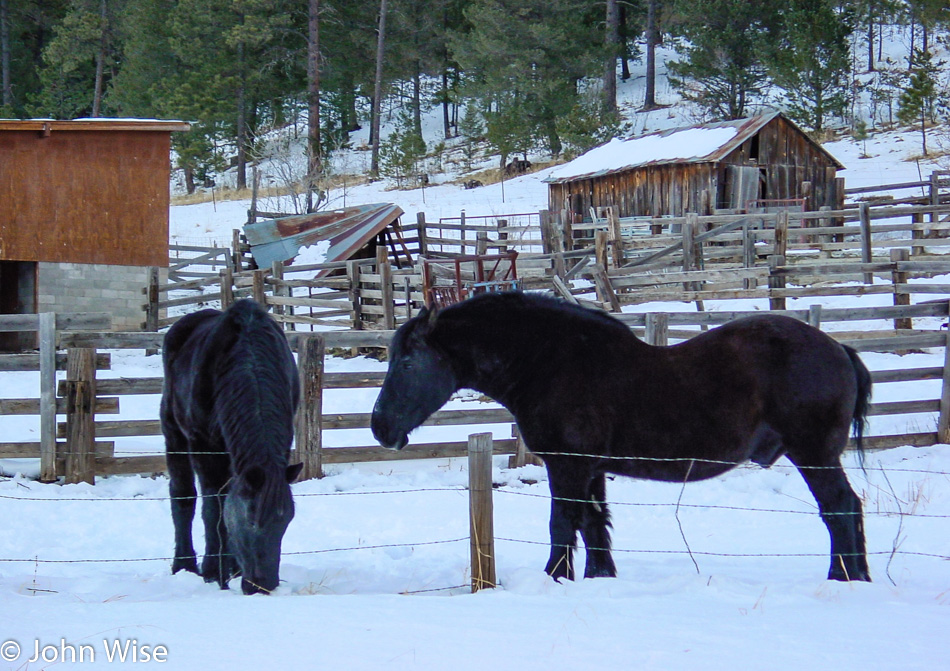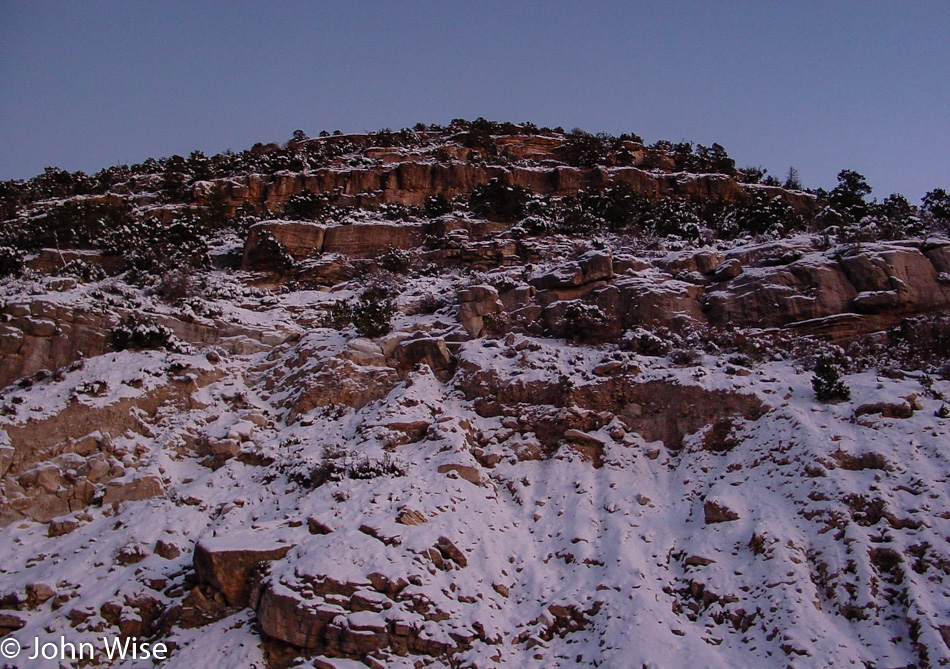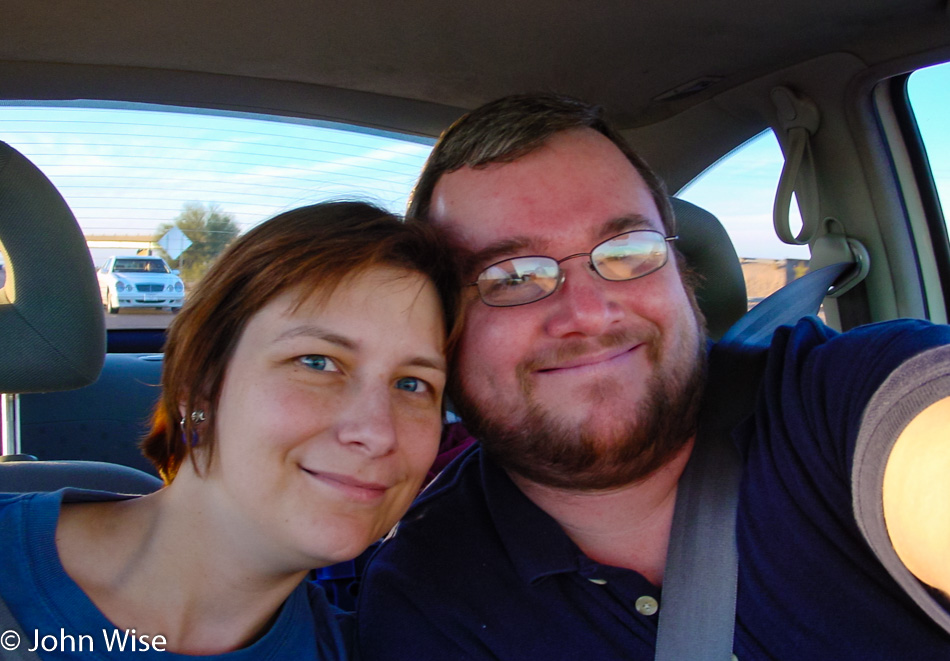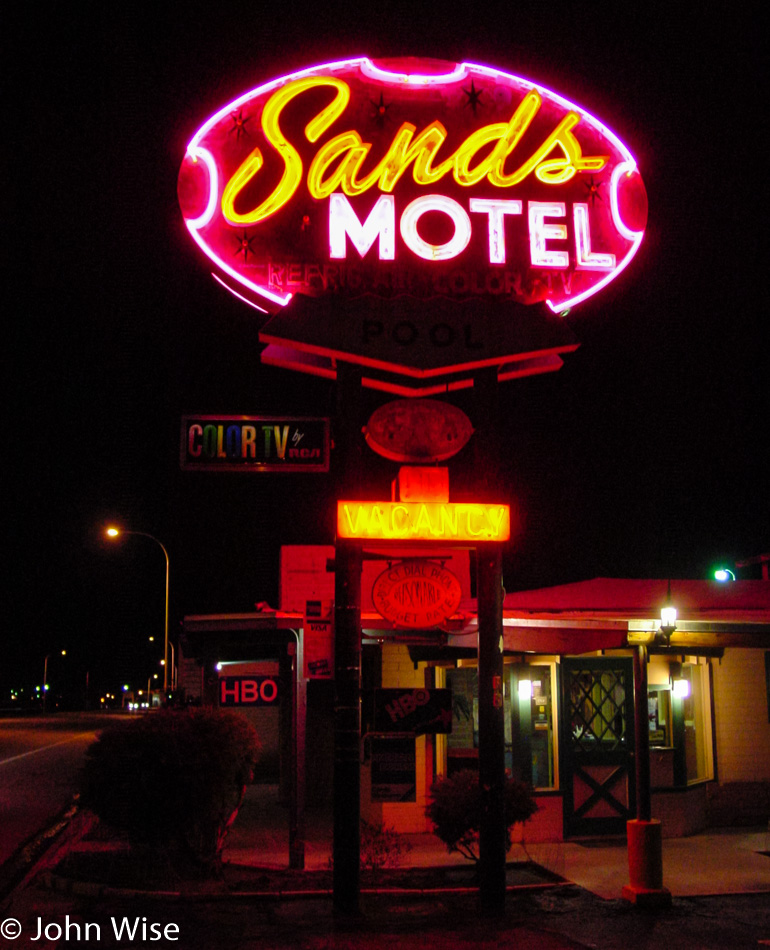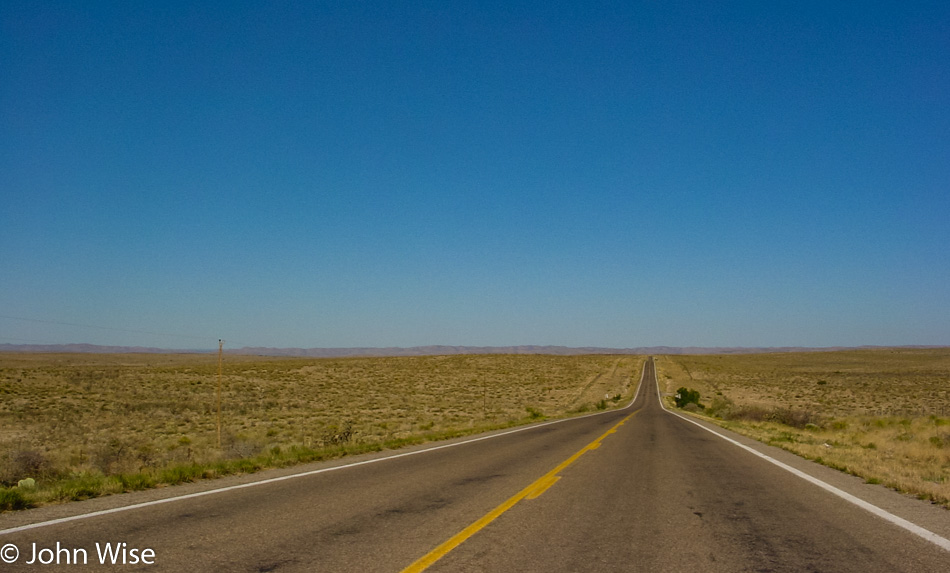
This is the other side of Hope, as in Hope, New Mexico.
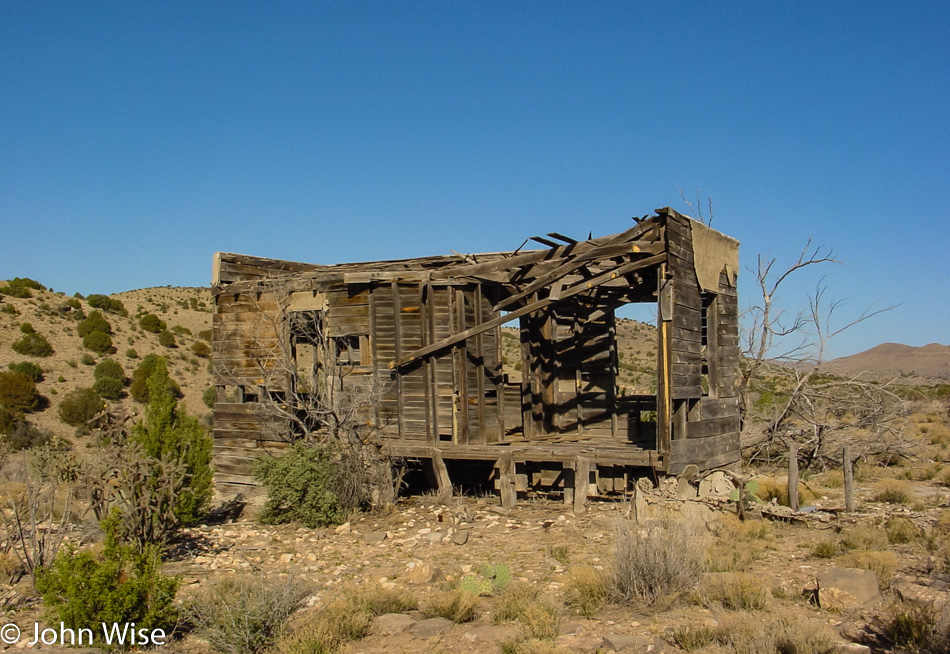
The people that had once lived here apparently never found Hope and instead might have settled for despair. However, if I try to curb the snarky comment, I can easily appreciate the view of the main window out across the landscape, the quiet they would have enjoyed, and a simplicity I have never seen.
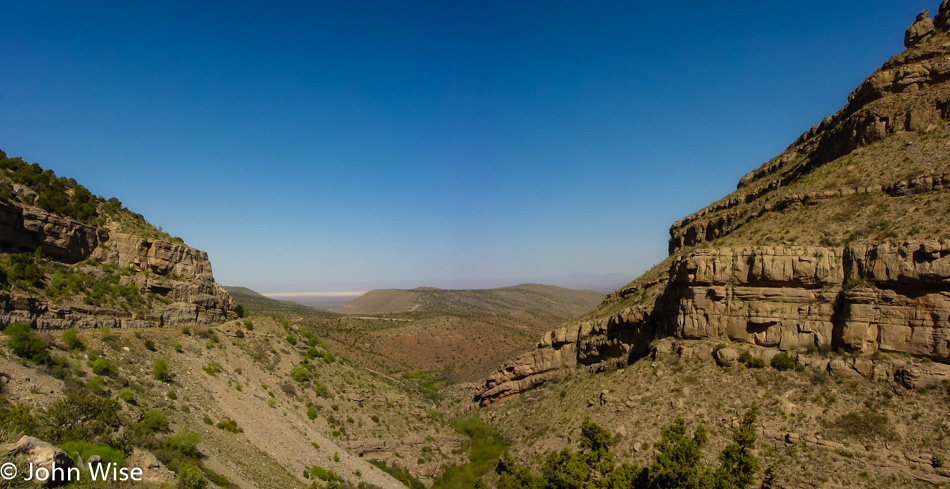
We’re on Highway 82, and somewhere nearby, we stopped at Runyan Ranches for some apple cider; we are suckers for roadside treats and incredible views. If you look to the saddle on the left, you can get a hint regarding where our next stop is.
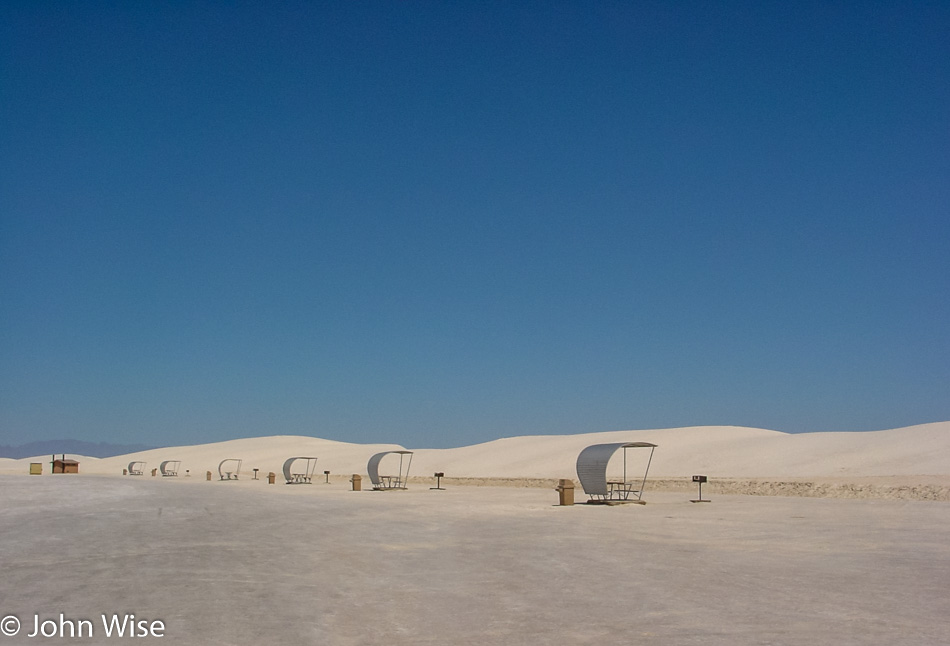
The white sandy beaches of New Mexico!
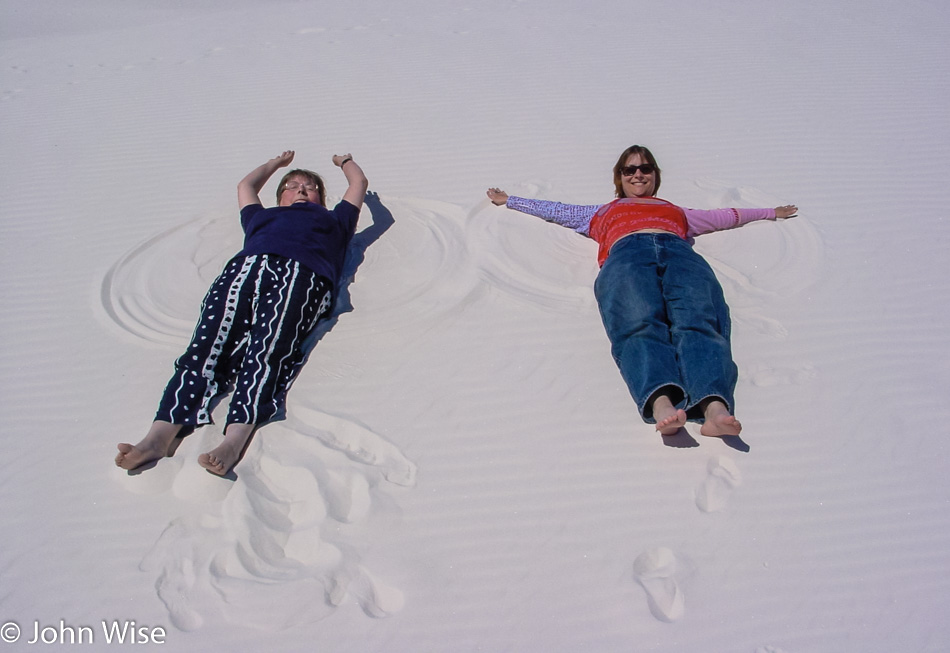
Of course, we asked my 67-year-old mother-in-law to get down in the sand with her daughter and make sand angels because isn’t that what everybody does when they visit White Sands National Monument?
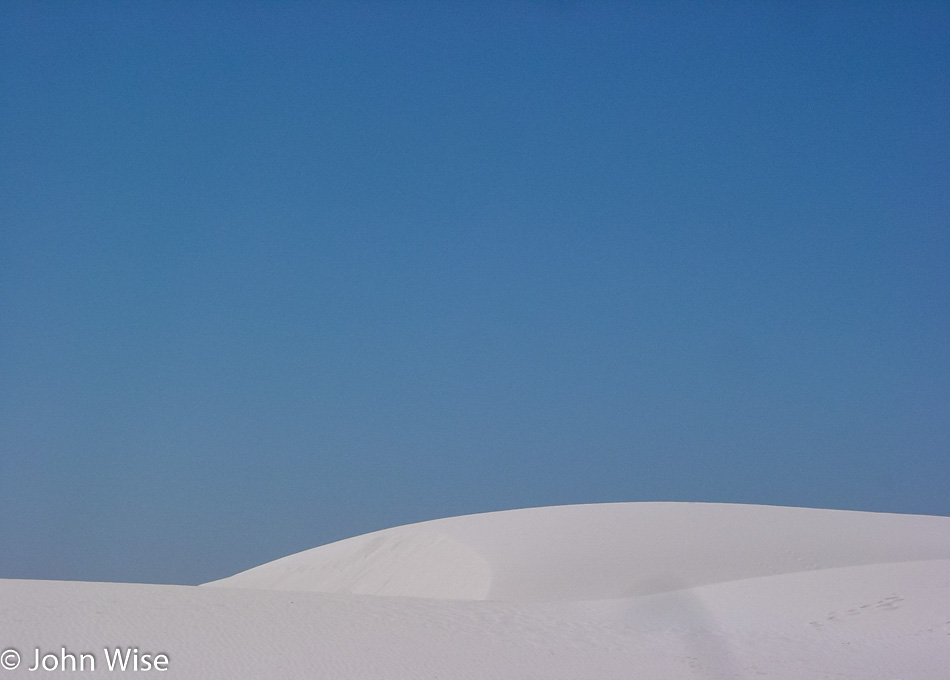
Still looking for the shoreline.
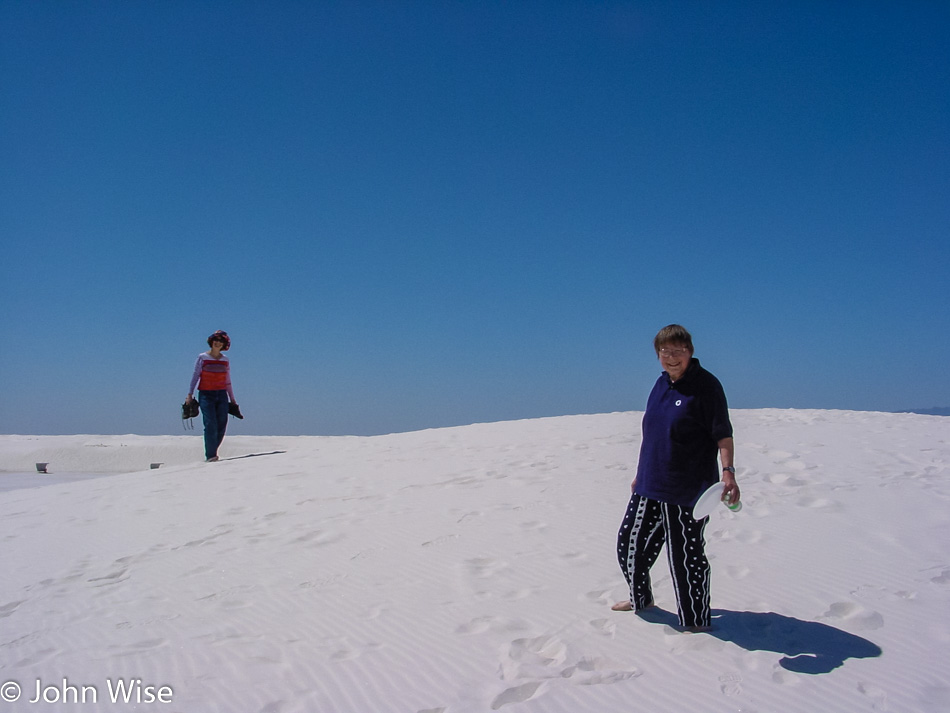
Caroline is reporting back that she didn’t find it over that hill. Jutta starting to think it looks like a Blizzard from Dairy Queen and is considering tasting it.
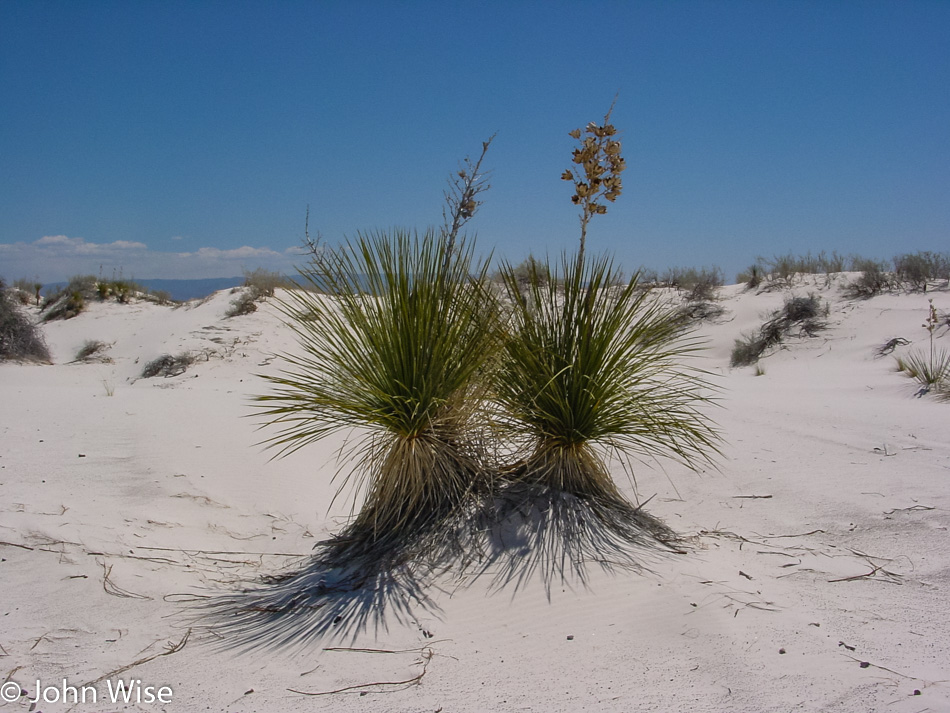
We never did find the ocean here but were able to huddle in the shade to avoid burning to a crisp as we did back on the 6th day of our cross-country adventure when we went snorkeling at Bahia Honda State Park in the Florida Keys. We’re not even home yet but are enjoying the fond memories we’ve shared and created.
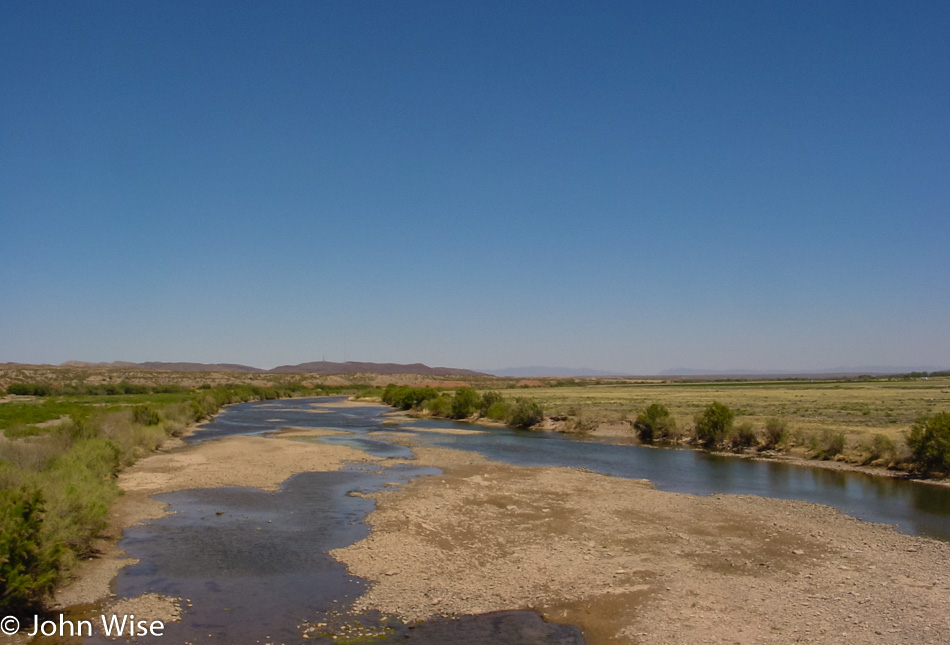
Holy mackerel, not that one could survive in this trickle of a river, but look at all those illegal aliens crossing the Rio Grande to gain access to America. Okay, so this isn’t one of those points where the river could be crossed, but then again, does this river ever have enough water in it that would make crossing it difficult? In any case, one has to wonder how many “illegals” simply fly in from Europe and fit in with the white majority and are not easily identified by the mass hysteria regarding immigration in America. As you can see from my photos across the United States, there are plenty of lands and a ton of towns that could benefit from more residents and an improving economy; maybe we should open legalization for people who settle in small towns to help revitalize them as their native population moves to larger cities in search of work?
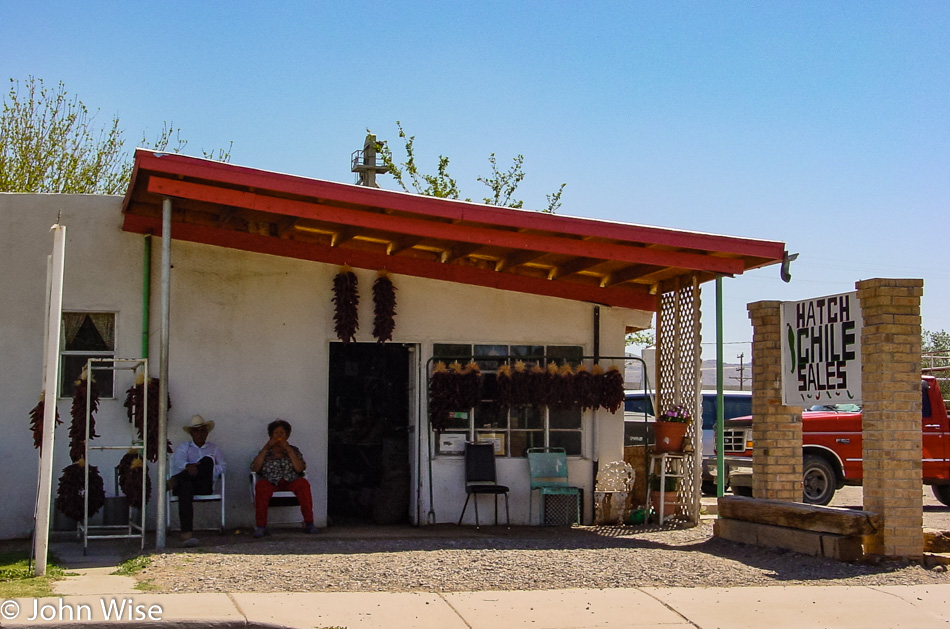
These Hatch chiles are more famous than the town they come from. Hatch, New Mexico, is one of the places in America where drivers simply pass right by on their way between Albuquerque and El Paso.
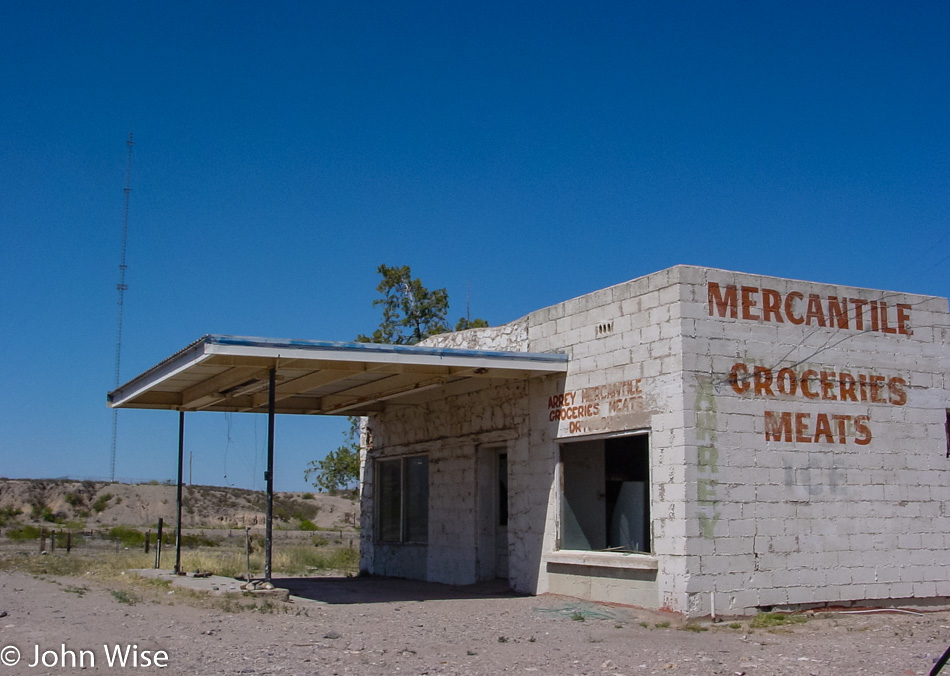
Arrey, New Mexico, is the last big town we’ll pass as we head to ever smaller roads that inevitably delay our return home but keep us off the larger highways as much as possible. For your knowledge, we are on Road 187, which parallels Interstate 25, which would have allowed us to drive at roughly 75mph instead of the more languid 40’ish we are barely maintaining.
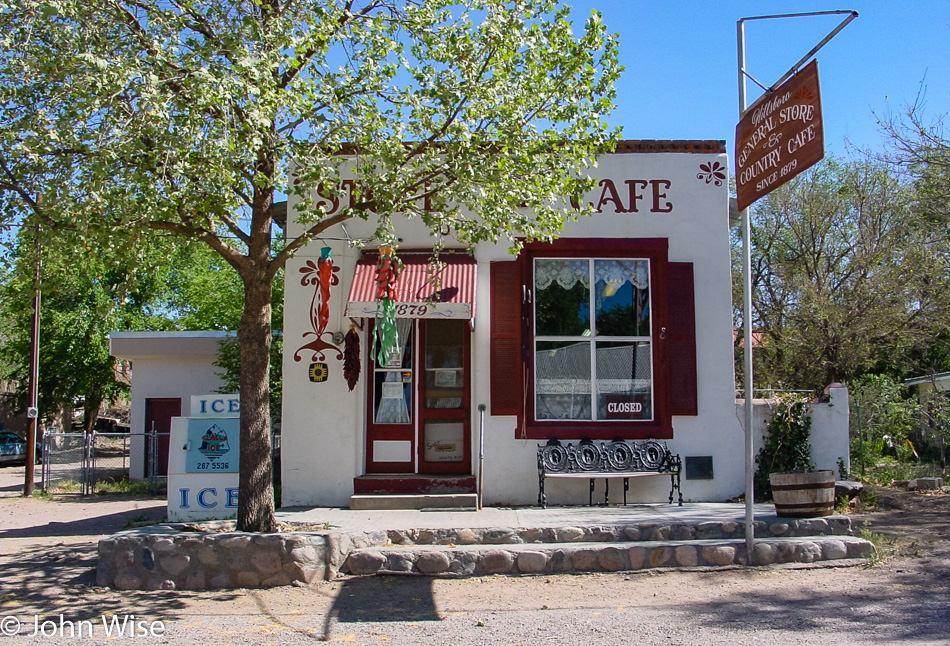
Hillsboro, New Mexico, is closed today.
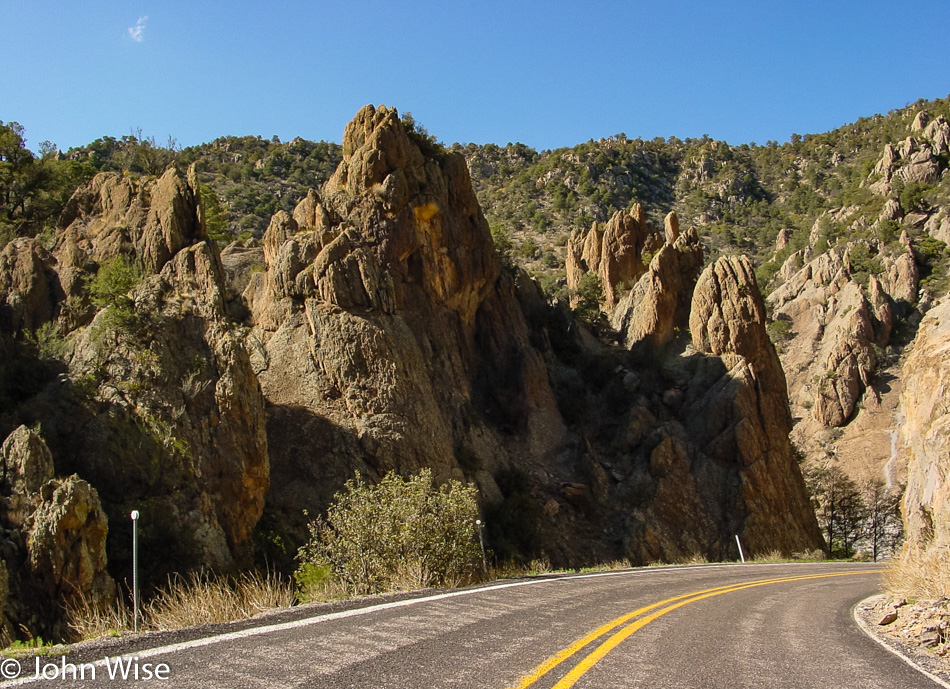
But viewing the upturned scalloped rocks of sandstone in Arizona is open.
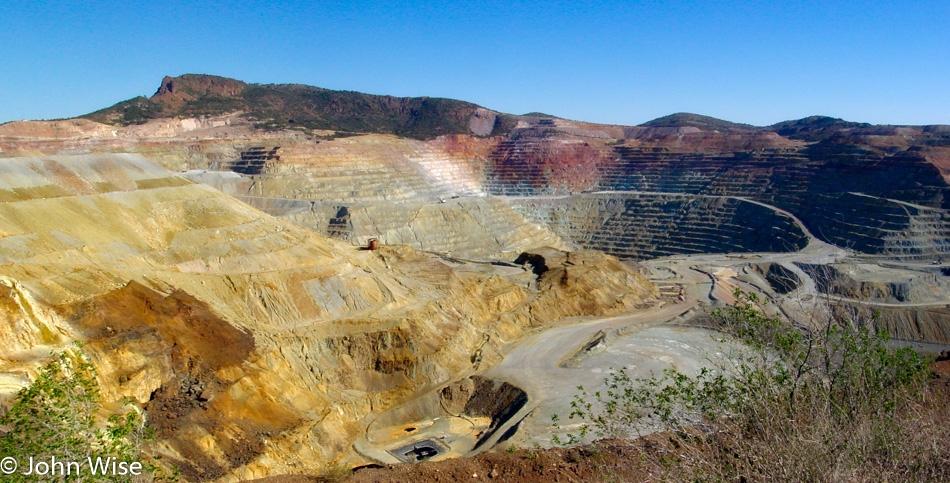
So is this GIANT open-pit mine in Morenci, Arizona, that I believe I might have posted before. Click HERE and HERE, and from just last month, HERE too.
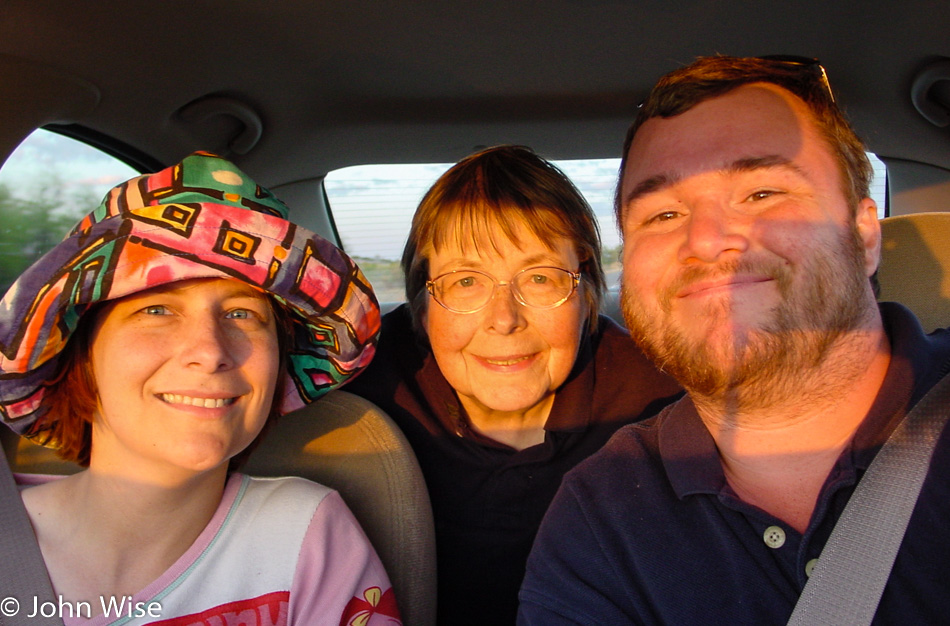
Driving west into the sunset and the golden light that has drawn so many out this way.
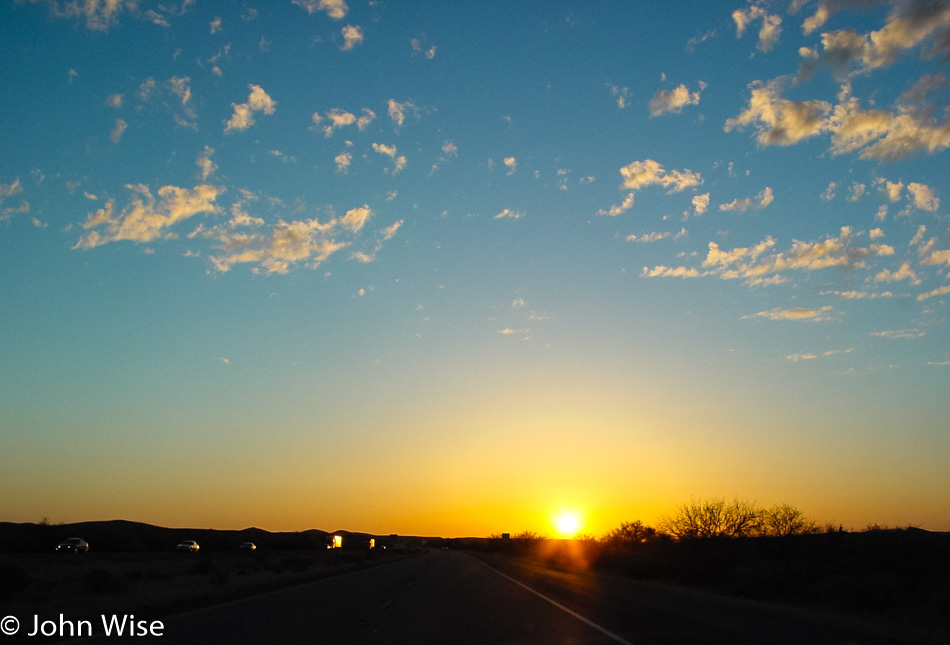
After 12 days out in America with Caroline and her mom, Jutta, across the south-central half of the country and over 6,000 miles or right at about 10,000 kilometers, we are ending this journey. From my old extensive notes that covered the first week of the trip to those days that I had to improvise and pull from dusty old memories with the help of Caroline, I’m able to put this trip up on our blog. We relish the fact that we not only have dozens of great visual reminders of our travels but also about 13,300 words of accompanying fragments that help fill in the gaps of what would have otherwise been easily forgotten.
